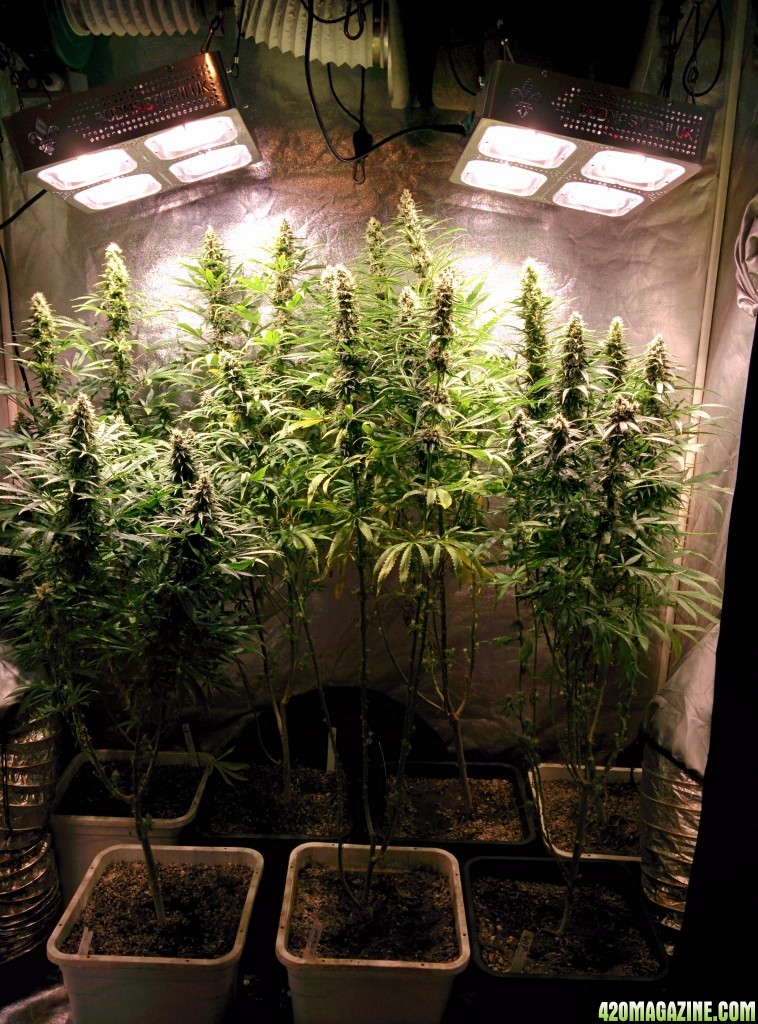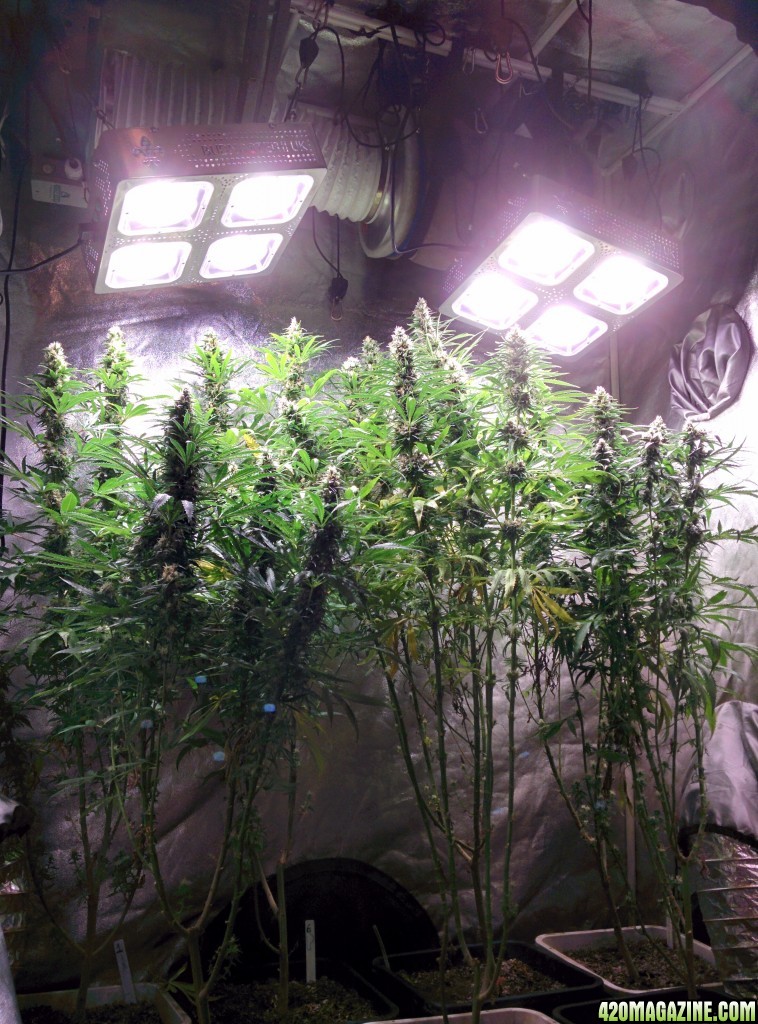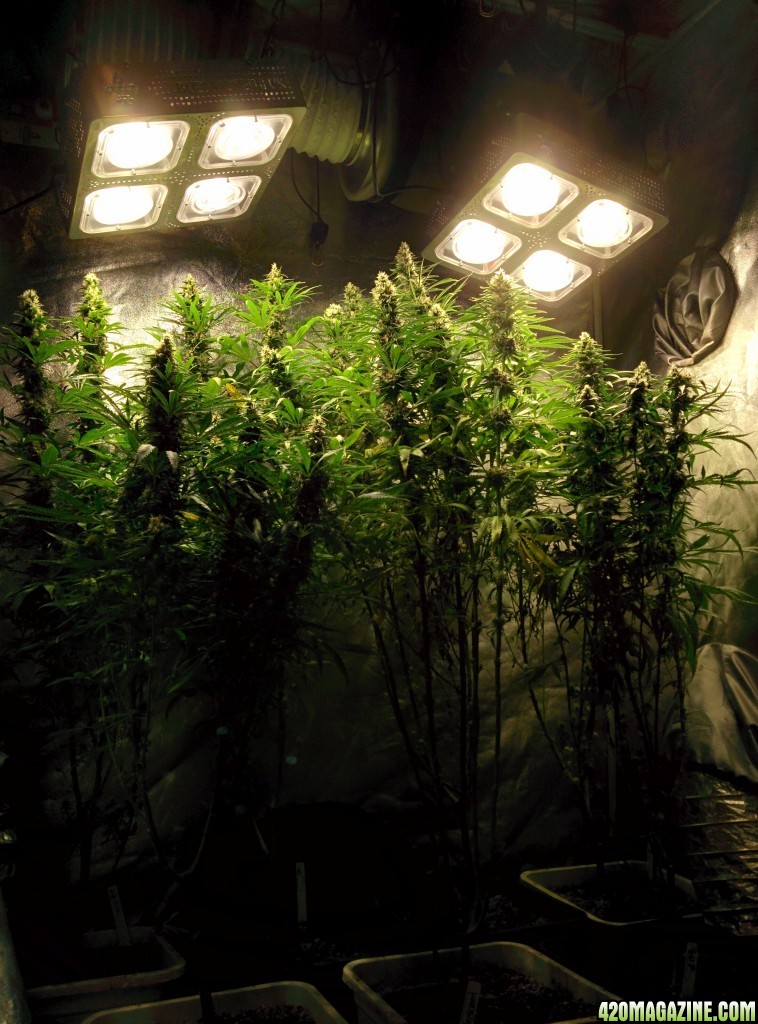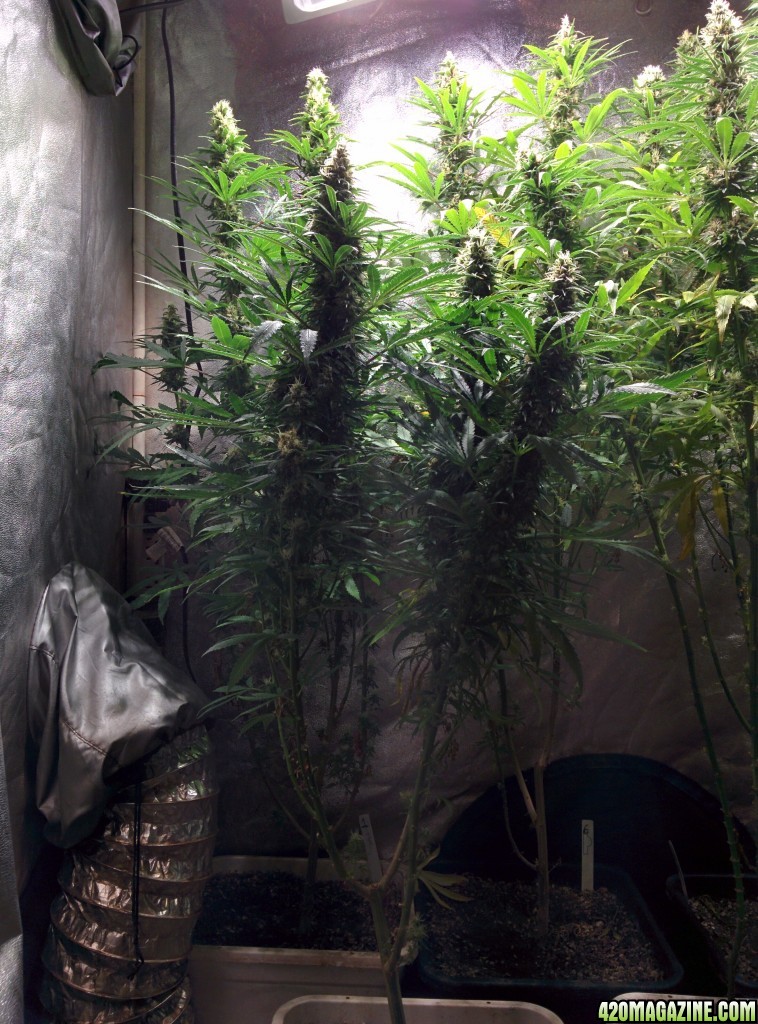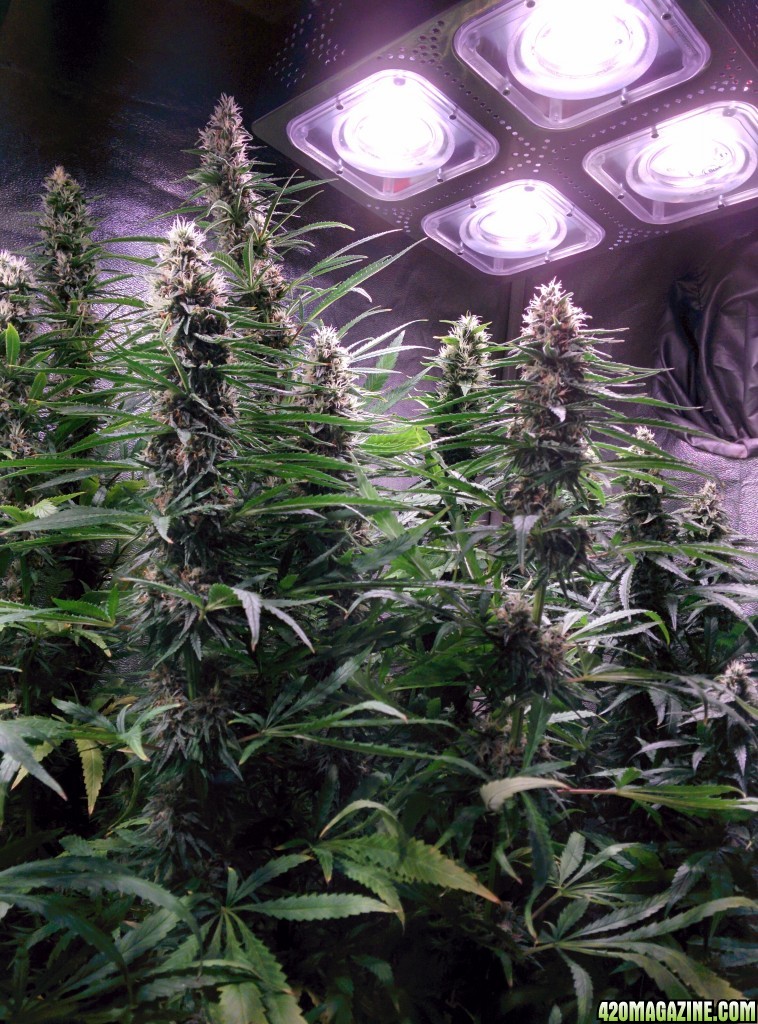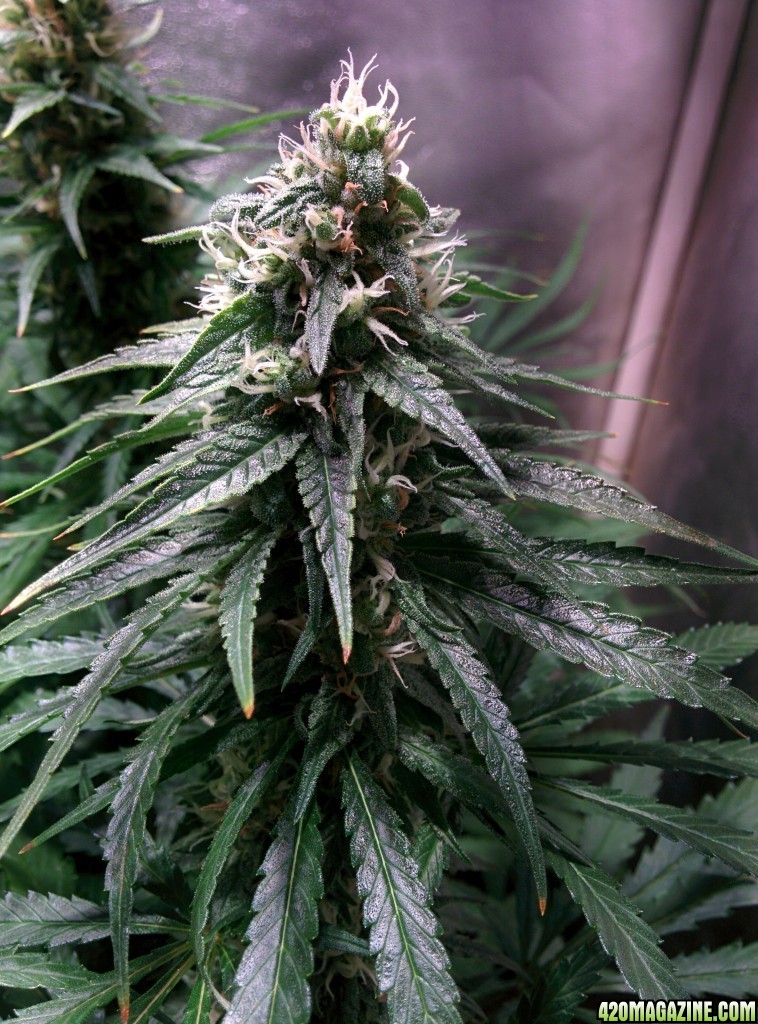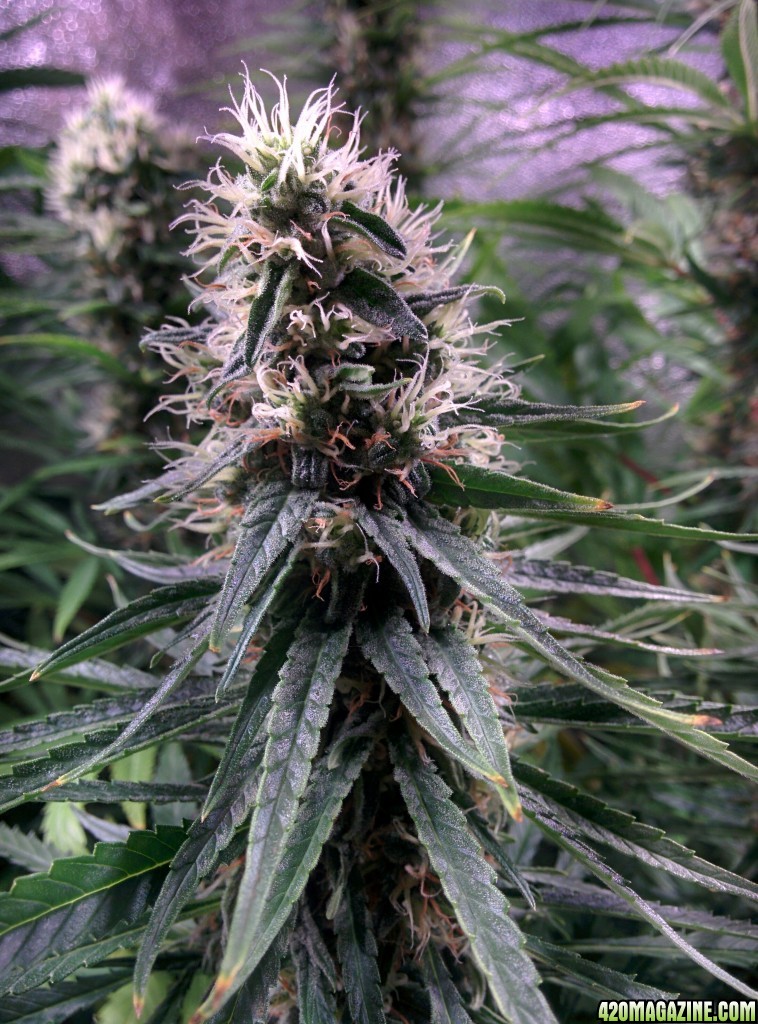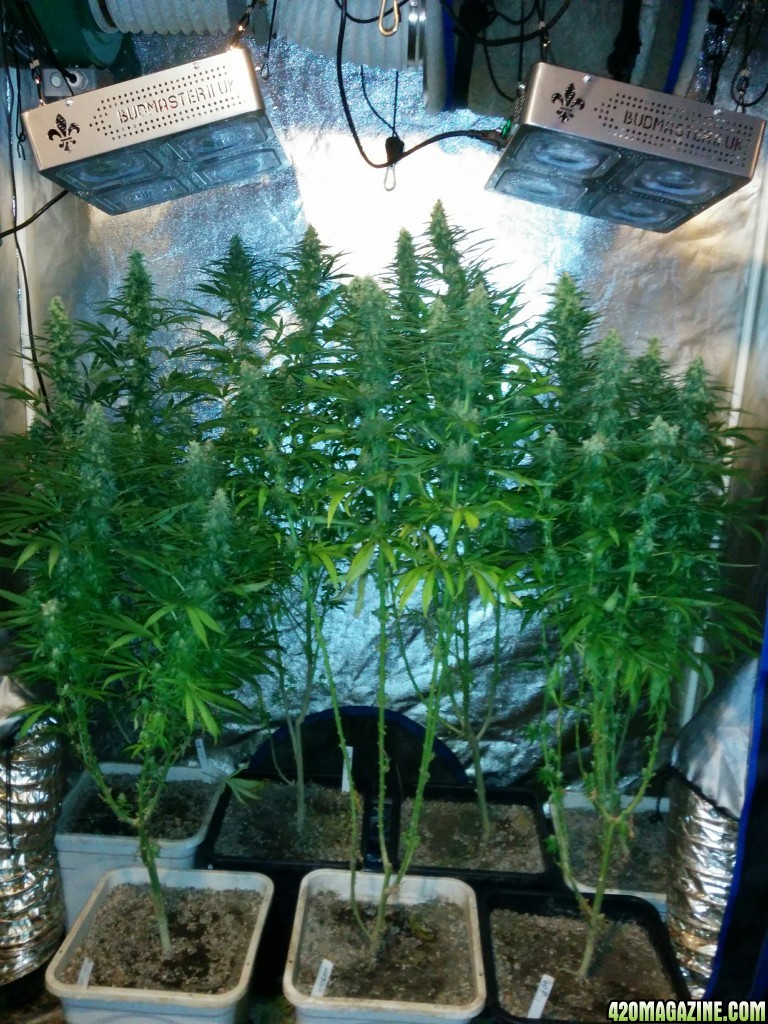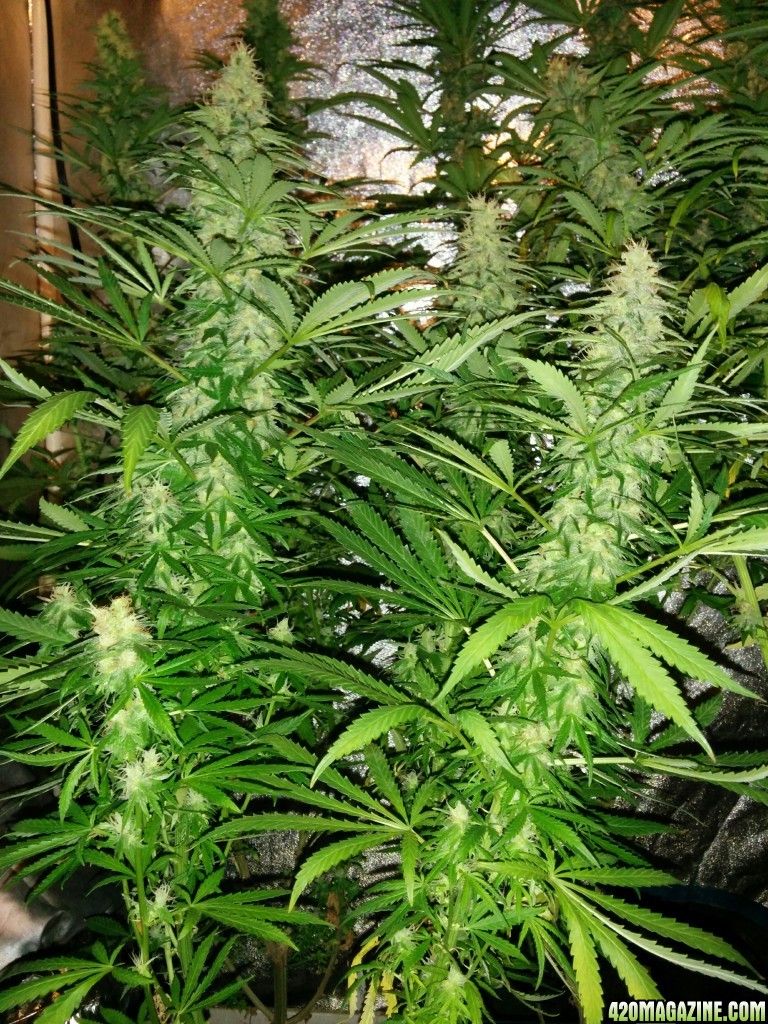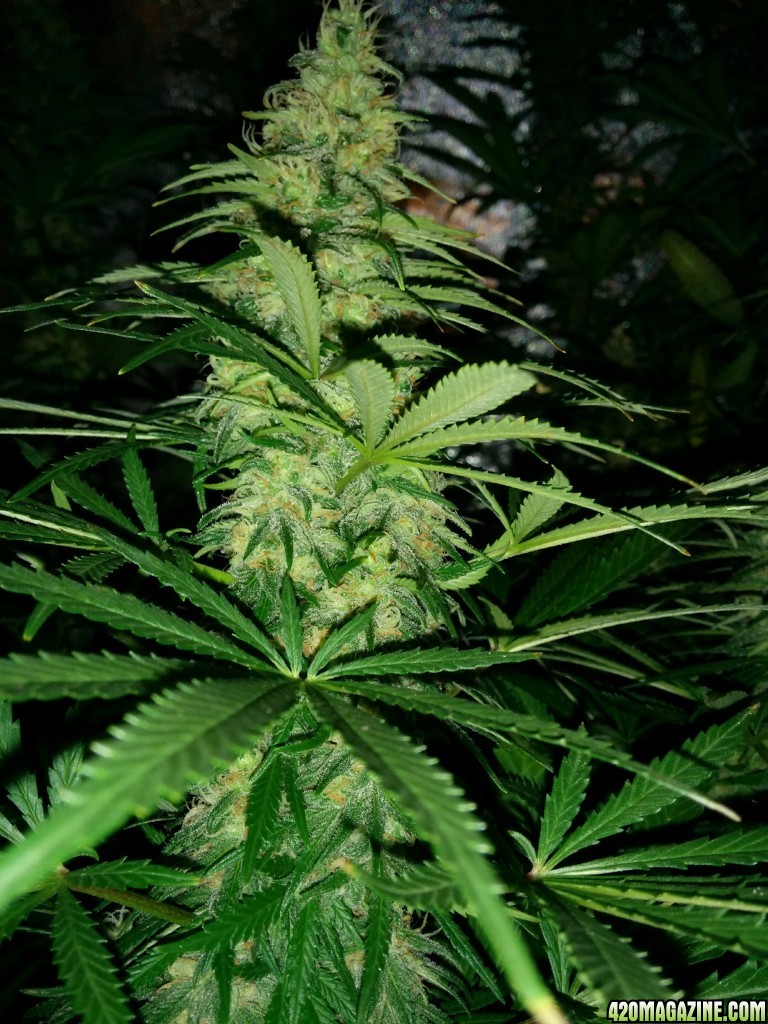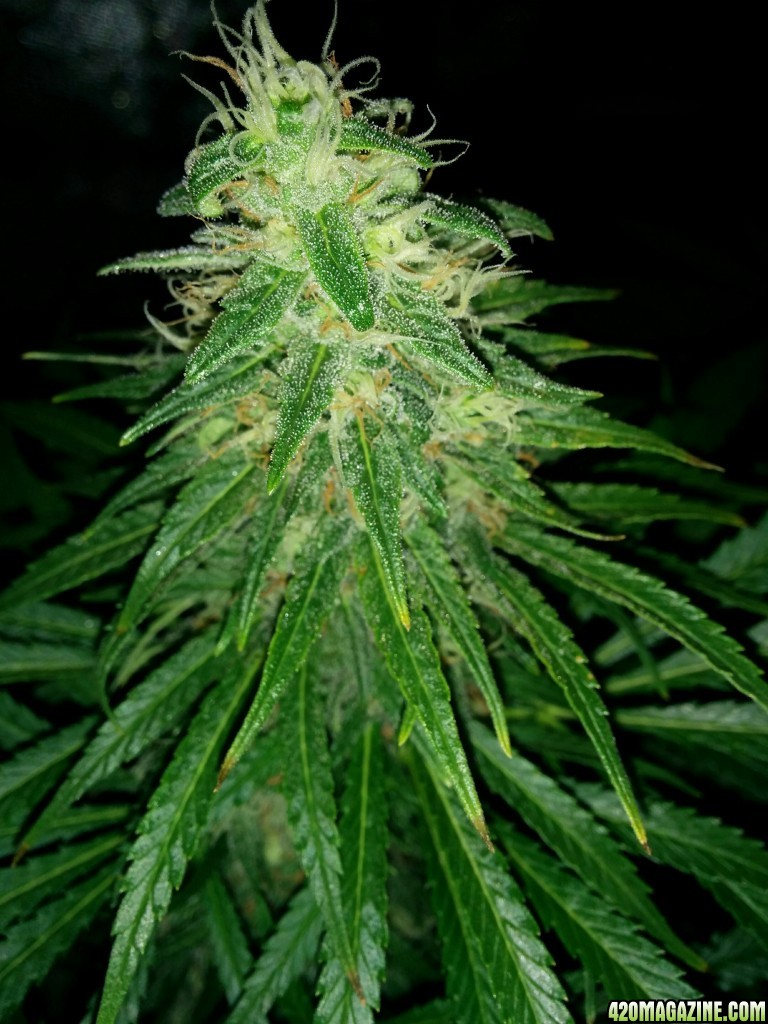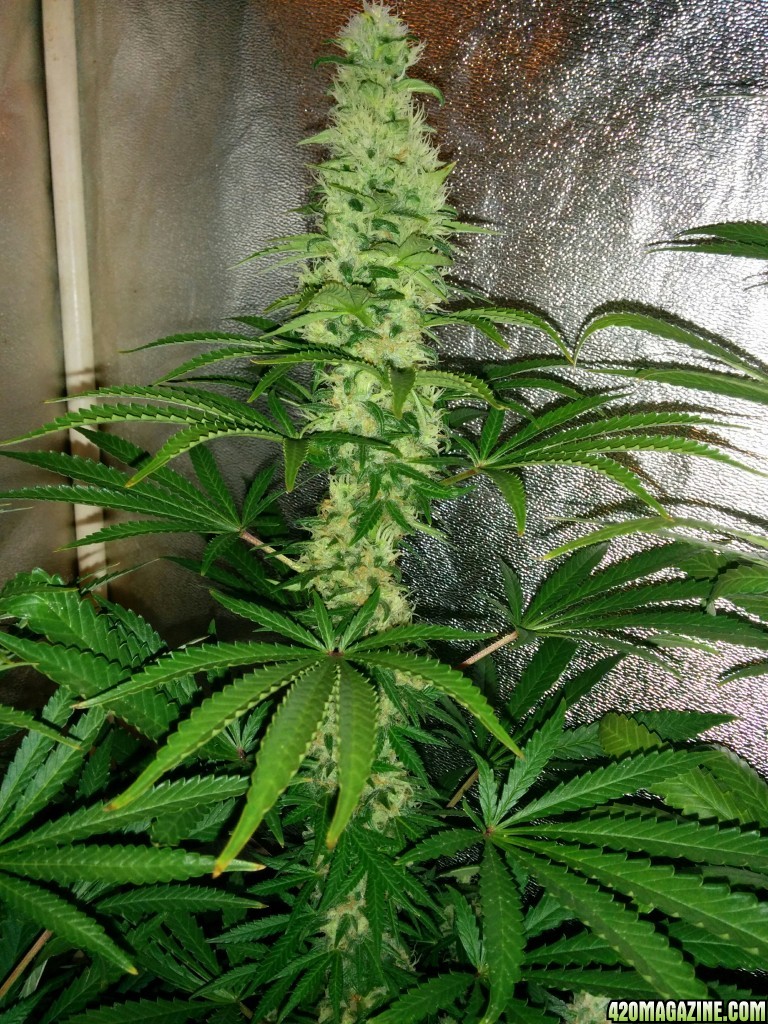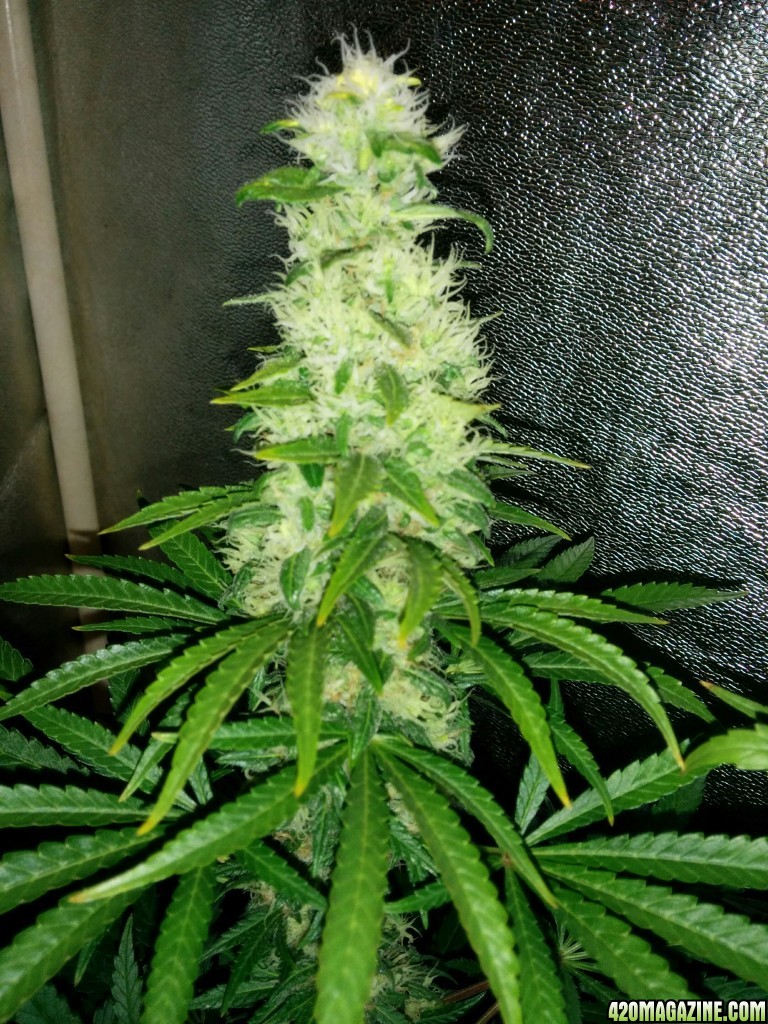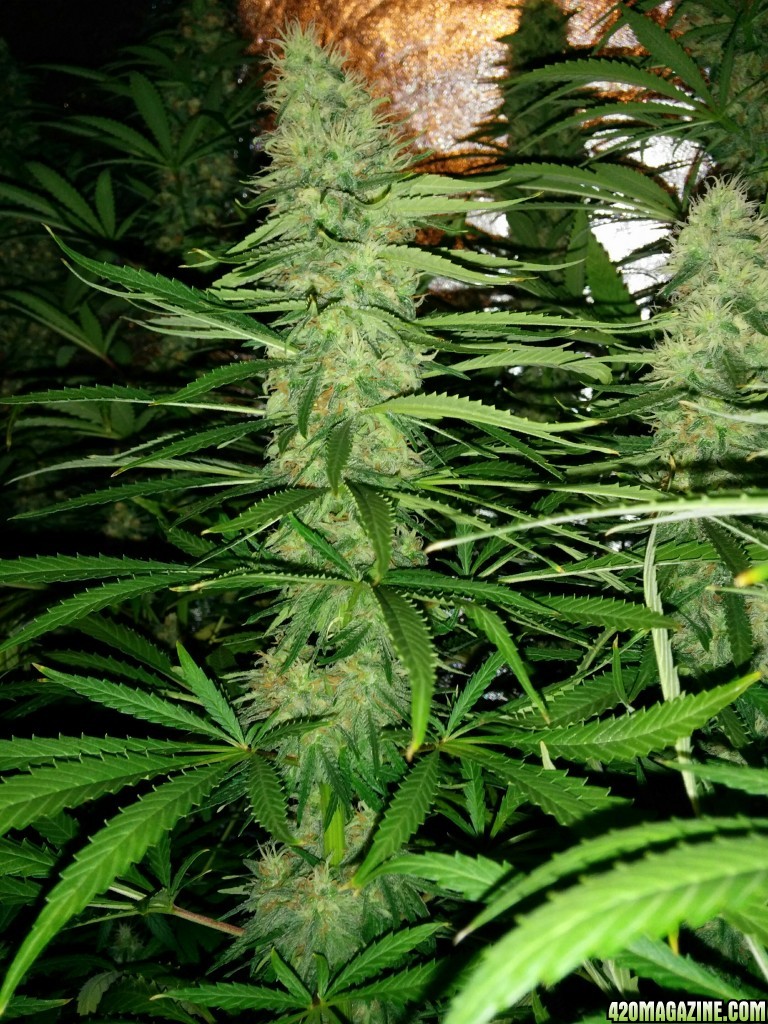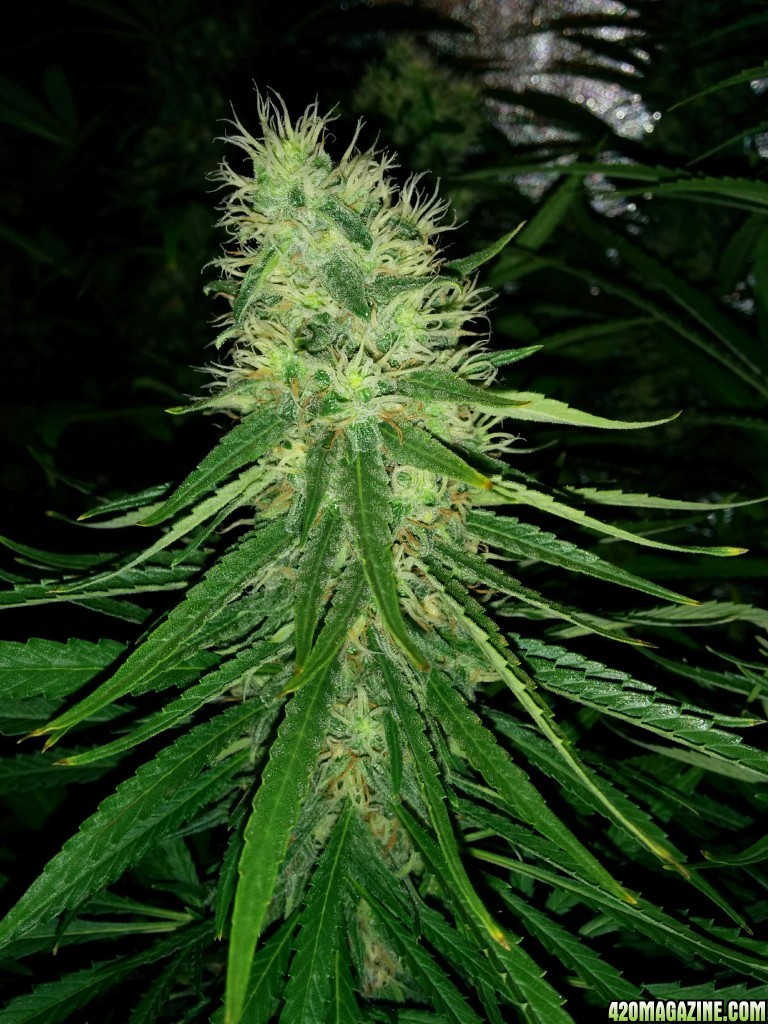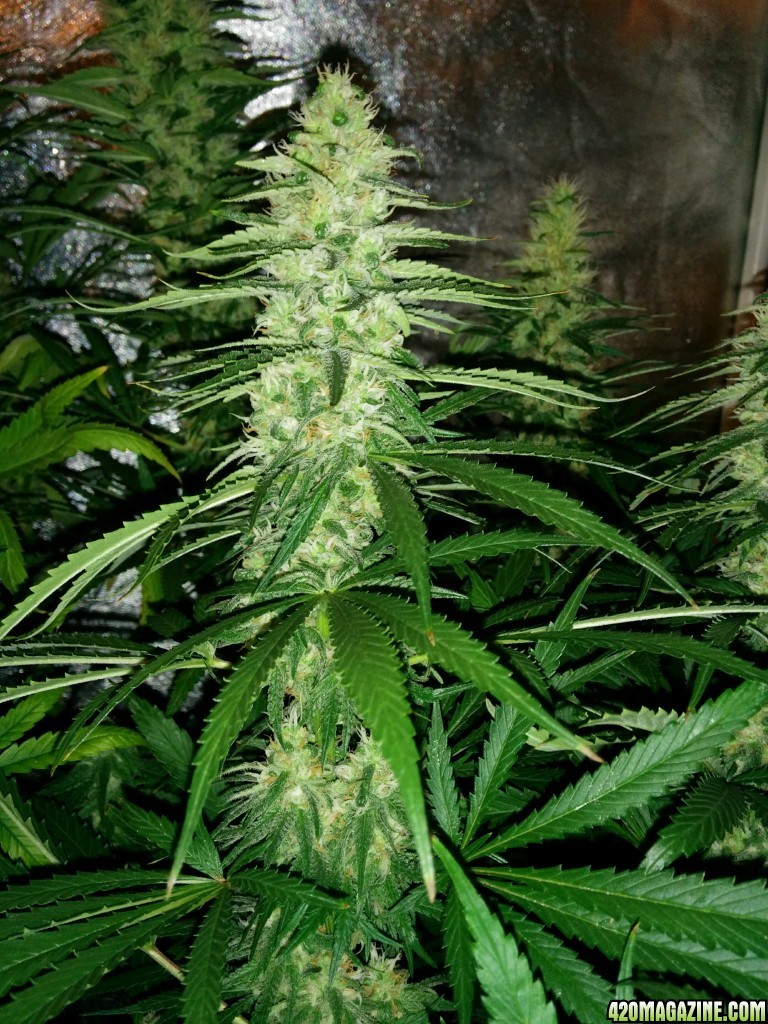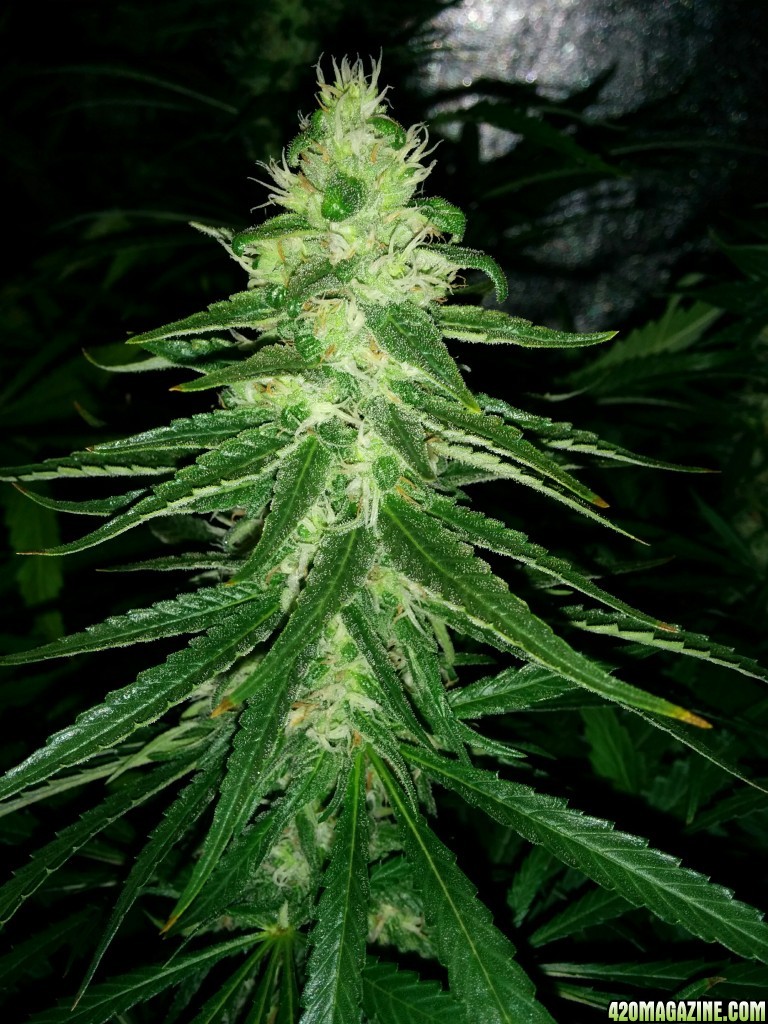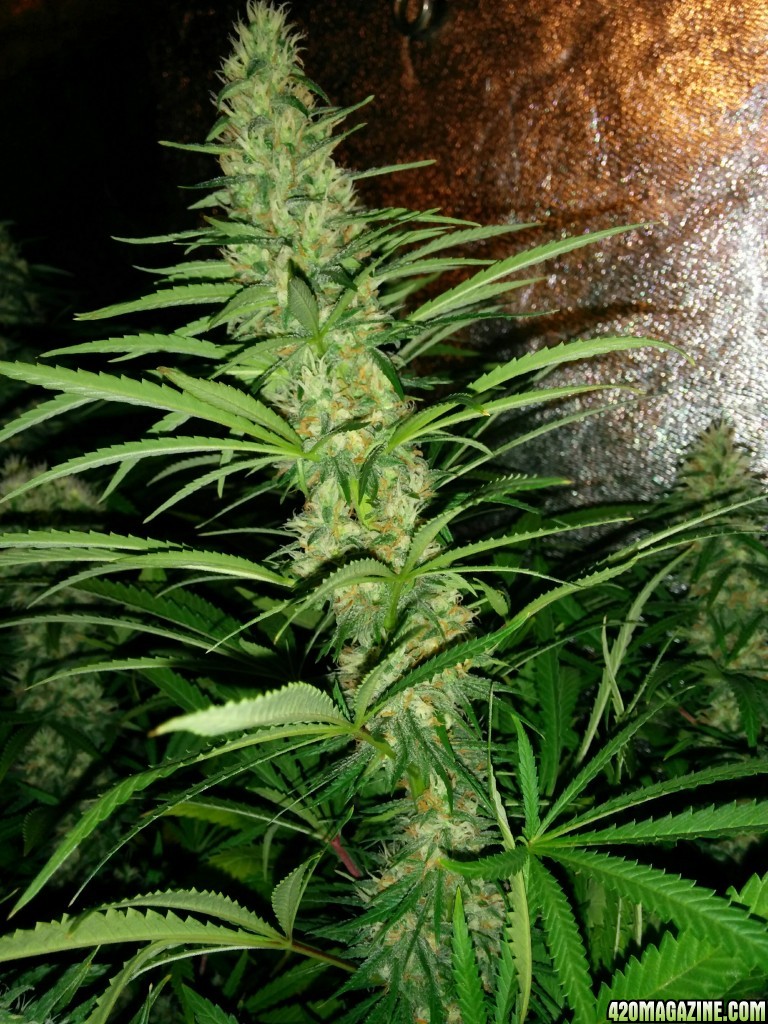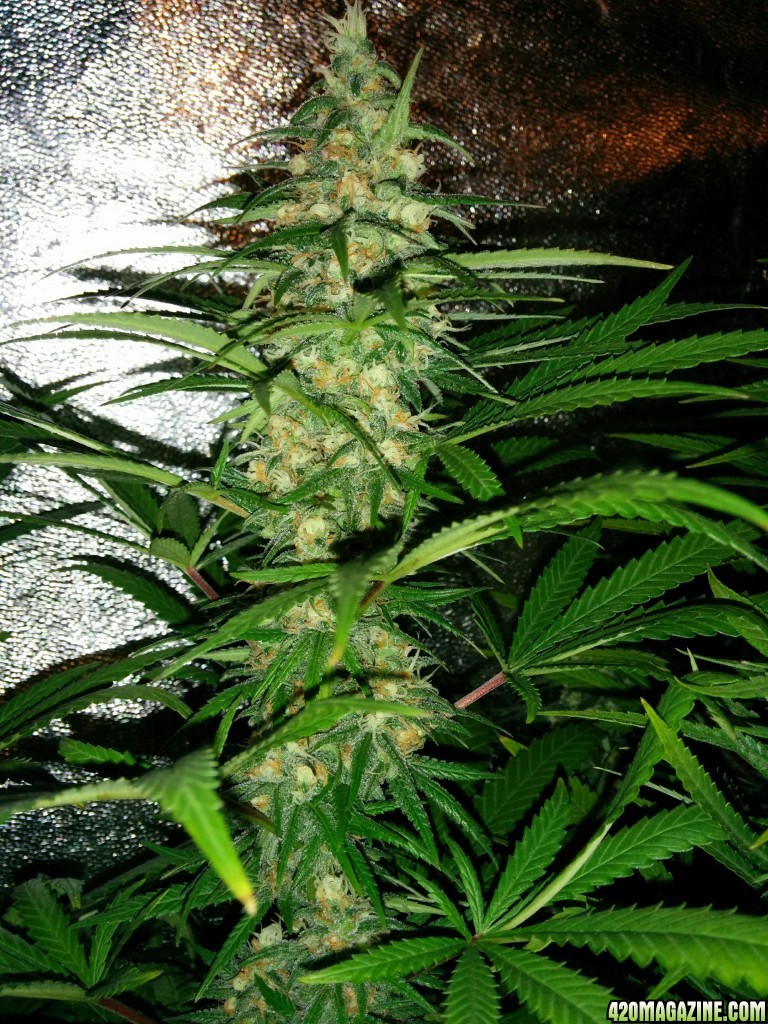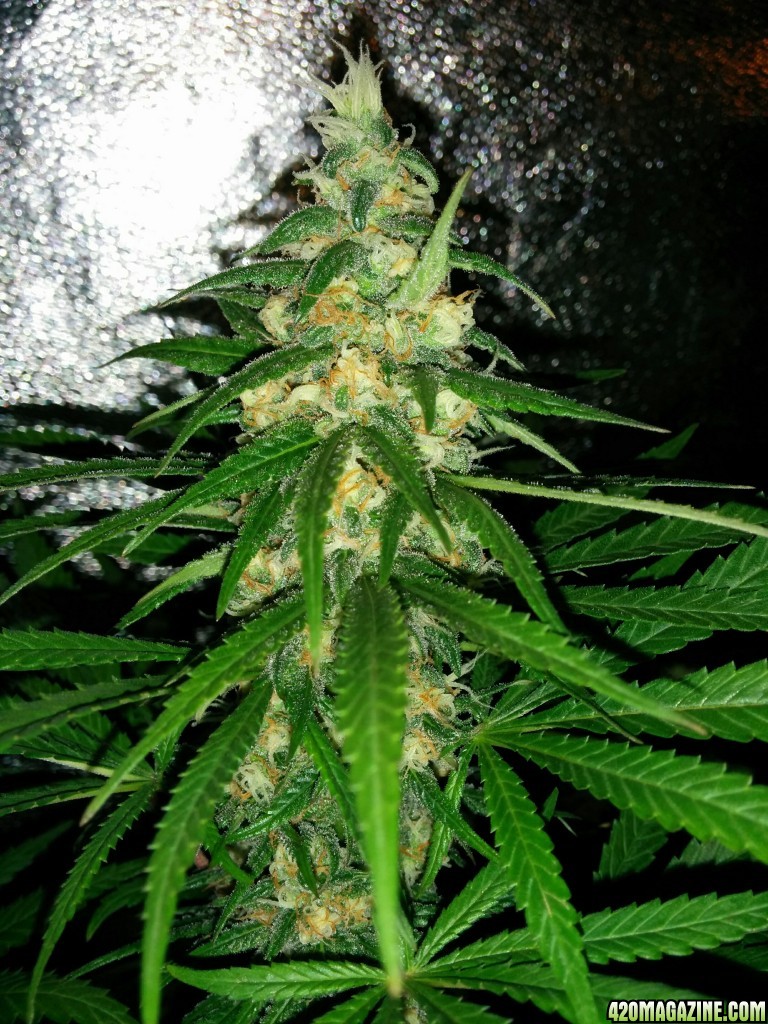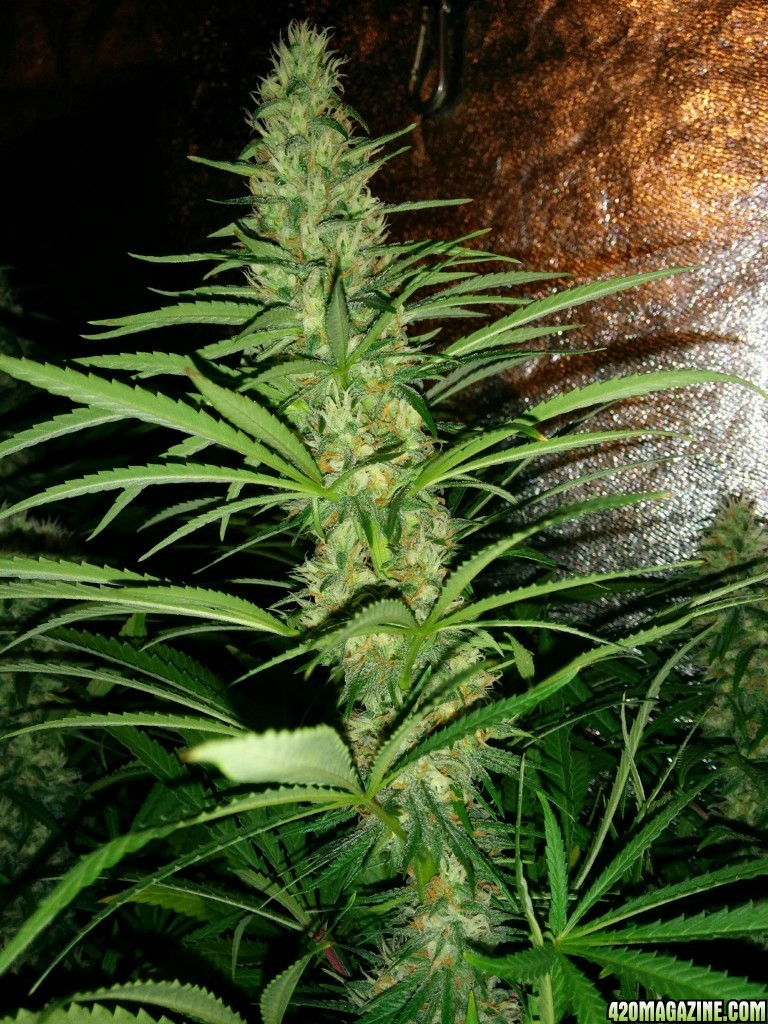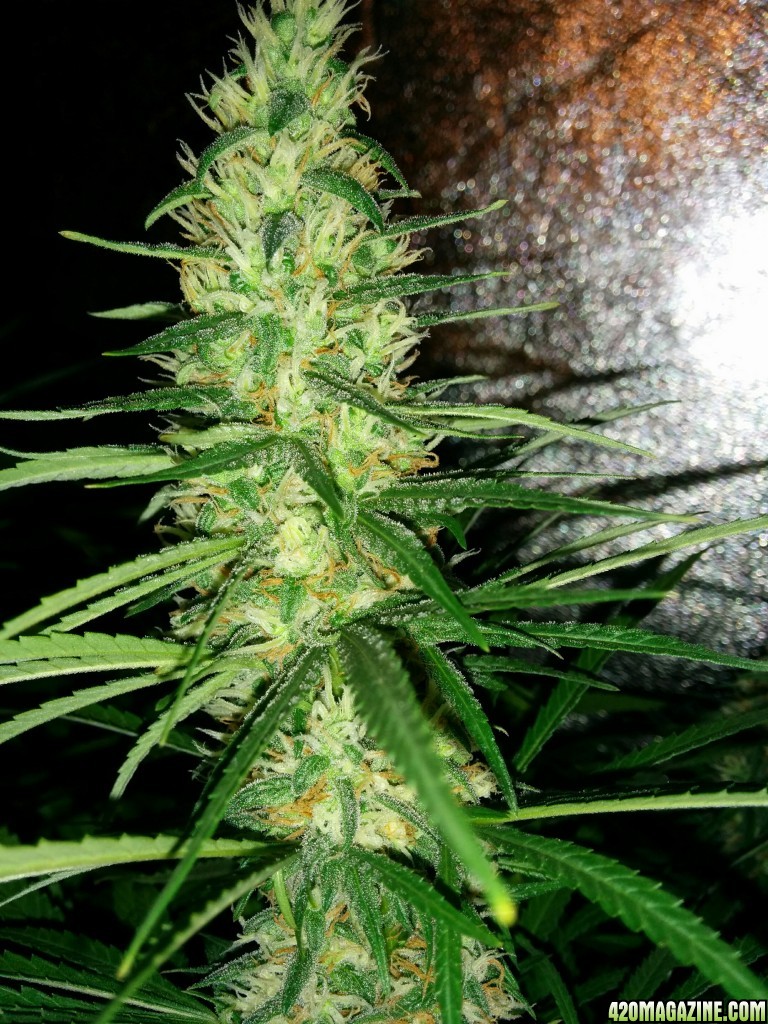
Hello and welcome all you Cannabis growers, smokers, tokers, enthusiasts, fans, followers and even gardeners

If you are not familiar with me, I am Icemud and have been a member here at 420 Magazine since May of 2011, when I started my very first grow. I knew absolutely nothing at the time about growing and I became to love the 420 Magazine community for sharing so much valuable information, for the helpful and kind members and sharing our love for the beautiful Mary Jane

Over the years I have tried numerous techniques, explored many ideas but found my main interest in the growing process is plant lighting. I started out using a HID experimenting with different HID bulbs, spectrums and even daylight color shifts by offsetting timers and multiple HID bulbs being used. A few grows later I decided to moved on to LED and eventually became a sort of household tester for new LED technologies for different brands. I have put literally years into researching plant lighting and love to share what I learn with the growing community as well as show off new LED brands lights in actual real world grows. So far have used 3 different HID light bulb types as well as testing 4 different LED brands consisting of 7 different LED models.
One thing I do want to notate is this: I am very transparent and honest when it comes to Light testing. My goal is to see if a light works for growing our beloved plant, give as much information about the product I am testing to the community, clear up any misconceptions about plant lighting as well as educate those that are interested, and show the real world grows using new products to see how well they do. I am extremely blessed to be given the opportunity from sponsors here at 420 Magazine and I am grateful, but I want everyone to know I will report exactly what I know to be true, and even though I am sponsored and may get excited about using a product, I do not mislead, falsify, or intentionally post anything other than what I know to be accurate. The fact I am sponsored has no bearing on the results, information posted or my contributions to this community. If a light works great, I will say it, if a light performs poorly, I will say it, and if a light has issues, breaks or otherwise, I will say it, if the company is misleading I will say it. I want everyone to know that I am here for the growers and the community with what I do.
I've always been a soil grower, and started out with organics on my first grow. I've dabbled in High Brix growing, and now do a combo of a high brix based soil (mineralized) with additional bottle fed organic nutrients. I love how a soil grown organic bud tastes, and I am the type of grower who loves the terpene's and flavors that a bud can promote which is why I choose to grow organic soil. Lately I have been using a recycled soil in which I use, dump into a huge rubbermaid bin, re-amend, cook and then reuse, and I think currently my soil is about 2 years old, maybe longer.
I am very excited to be doing another light test for the community, and also to be running some new strains this grow that I have yet to flower.

NOW PRESENTING !!! Budmaster COB-X-4 all white, full spectrum COB led technology 3500K!!!
I am extremely excited to be test growing with the ALL NEW BUDMASTER COB-X-4 LED grow lights! This journal is a sponsored test grow by Paul at Budmaster, and I am extremely happy to be chosen to show off these lights capabilities. We will be starting this grow off with my Tangies that were on day 30 of flowering when I added the new Budmasters to the tent.
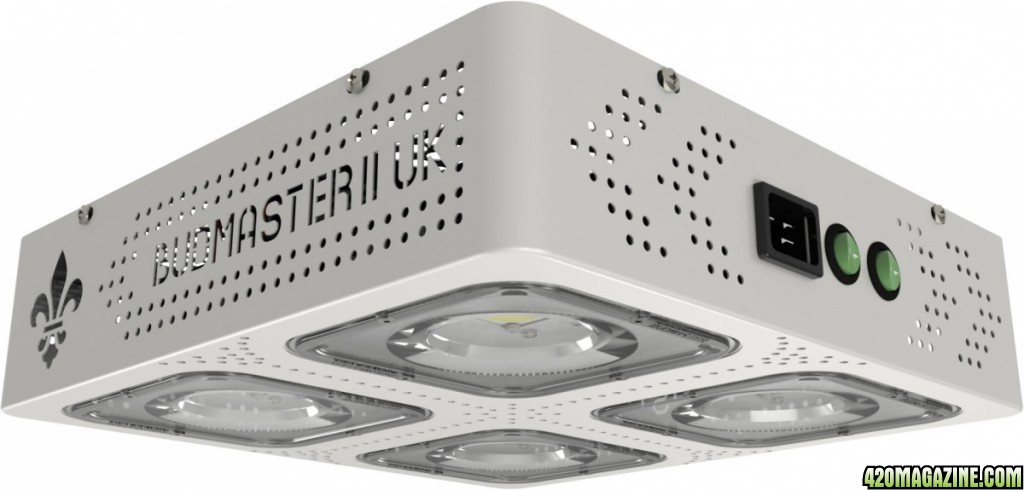
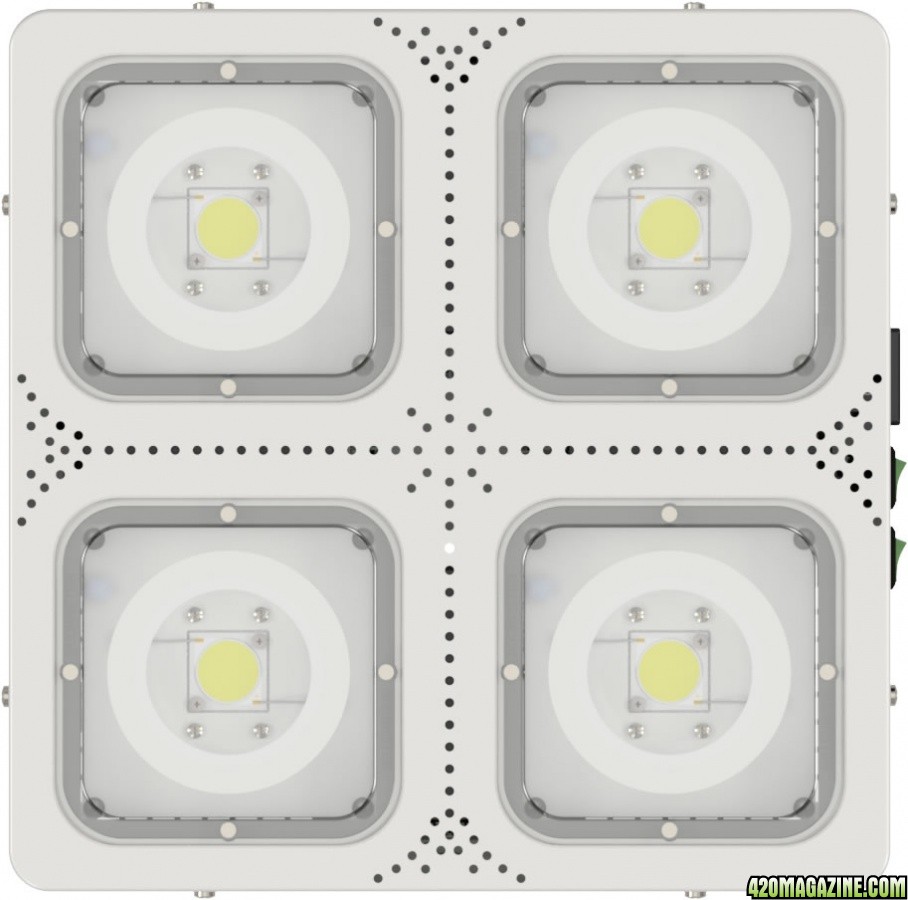
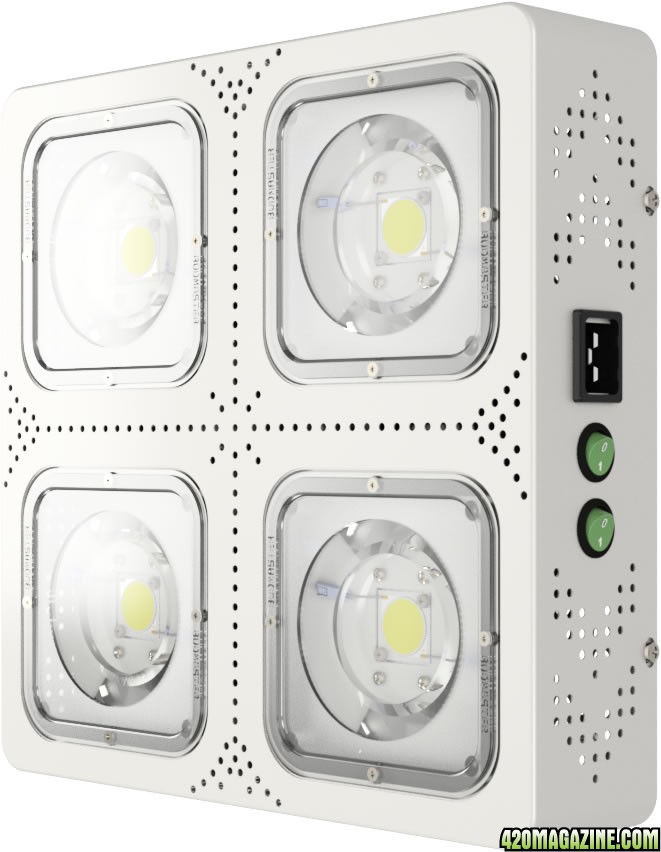
I want to mention that since I started this current Tangie grow with other LED's and added the new Budmasters on day 30, the first part of this grow will still show a good idea of how the Budmaster LED's will finish, but does not give a full idea of the total capabilities of the lights. Therefore, after this grow is finished I will also be doing a full grow from clone to harvest with the COB-X-4 Budmasters. I debated whether to wait with this new journal until the tangies were finished, or to start it now and after going over this for about a week I decided that because it is a sponsored grow by Budmaster, I should make a thread/grow journal that is dedicated to their lights and not mixing it with other lights. I just wanted to mention this to all of you so that you know that the current grow will show their capibilities somewhat, but it was started with other LED lights and so for a 100% accurate representation I will continue on in this journal after the tangie grow is over from scratch, so we all can see the full process using only the Budmasters. I just didn't want to be misleading so I had to mention this.

Here are the grow journal details and specs:
What strain is it?
This grow will start off with my 7 Tangie phenotypes in which were on day 30 of flowering when I introduced the new Budmaster lights to my grow. These plants were grown from seed, gifted to me by a norcal buddy. I will be finishing out this grow on this journal and then doing a complete grow from clone to finish to show off the full capability and grow ability of these new lights.
Tangie Lineage: California Orange (Cali O) x [Skunk #1 x Unknown]
My next grow after the tangies are done will be consisting of: Black Diamond OG, Area 51, Blue dream, Fire OG, and the 2 best tangies from the current grow. I will start it from clone so that the full grow can be witnessed and help show the performance of the new lights.
Blue Dream Lineage: Blueberry X Haze Genetics: 80% Sativa / 20% Indica
Fire OG Lineage: San Fernando Valley OG F3 x OG Kush: (60% indica, 40% sativa)
Area 51 Lineage: (snowdog x space queen x smurfberry) (source was another grower familiar with the breeders) I can't find any other info on this strain so we will have to run with that
 supposedly a sativa dom with a very fruity taste and lots of trichomes
supposedly a sativa dom with a very fruity taste and lots of trichomesBlack Diamond OG lineage: Blackberry kush x Diamond OG (supposedly its a indica dominant offspring of OG Kush, 70% indica)
Tangie Lineage: California Orange (Cali O) x [Skunk #1 x Unknown] Sativa Dominiant
I may decide to replace the Blue dream with my Ogiesel last minute because I always use my Ogiesel with new light tests as a sort of baseline of how it turns out with each one. Still undecided though because I have not flowered my blue dream and I want to know how good the cut is so I can keep it or cull it.
Is it in Veg or Flower stage?
Currently my Tangie grow is on day 37 of flowering (from the flip), The budmaster lights were installed in my tent on day 30 of flowering.
If in Veg... For how long?
Not currently in veg, but usually from clone I go about 2 months of veg time before flowering.
Indoor or outdoor?
Indoors.
Grow Area Description and equipment
Each grow tent is a Hydrohut silver edition 2x4' tent. Actual measurements are larger and each tent measures approx 2.5'x5'x7'. Each tent is equipped with a large carbon filter (Can-filter), 6" fan on a manual variable speed controller. Intake air is sucked into the tent by the negative pressure and let in the lower portion of the tent on each side. Also the flowering tent is equipped with 2 circulation fans...one on an intake hose at ground level, and the other on the roof of the tent blowing downwards. The lights are by Budmaster and I am running 2x COB-X-4 led grow lights at 400w total draw.
Lighting type used?
This grow is a sponsored grow by Budmaster, and I will be showing off and growing with their all new COB-X-4 all white, full spectrum LED grow lights. These lights feature the new Citiled S4 High CRI COB's at a 3500K color temperature. Each light draws 200w at the plug (+/-5w) for a total of 400w for my grow tent (I'm using 2 of these models. I will go into the light details later in a separate post:
Is it aircooled?
The lights are cooled by individual fans to disperse the heat given off by the Citizin LED COB lights. A pin style heat sink is used on each module. The case has plenty of holes and openings for ventilation.
The tent is cooled by a 6" hydrofarm fan hooked to a large carbon scrubber mounted at the top of my grow tent.
Soil or Hydro?
Soil.... recycled and reused soil.
If soil... what is in your mix?
I am using a recycled soil which is re amended every time a cycle is finished and dumped into my soil bin to cook until needed. Most of this soil is probably 2 years old or more. The basic ingredients/additives are below
The Base Soil Mix:
ProMix HP
Worm Castings
Volcanic Pumice
Alaskan Forest Humus
The Amendments:
Azomite (trace minerals and micronutrients)
Calcium Carbonate Powder 97%
Soft Rock Phosphate (Collidal Clay with high phosphorus and CEC value)
Gypsum (Calcium Sulfate)
Crab Shell Meal 2-3-0 23% calcium(also a P source and source of chitin a hormone/growth regulator)
Fish Bone meal. (3-18-0) 24% Calcium
Lava Sand (adds trace minerals and supposedly adds paramagnetic value to the soil)
Kelp Meal (also has growth hormones and PGR's, plus trace minerals)
Alfalfa Meal. (2-0-3) (contains Trichontinol which aids in plant growth and health)
Powdered Humic Acid (Adds Carbons to the soil as well as trace minerals and aids in chelation of minerals)
Humboldt Myco's Maximum (Beneficial Bacteria and Mycorrizae Fungus)
Epsom Salts (Magnesium Sulfate)
Greensand (0-0-3) (Trace Minerals)
Dry Molasses (1-0-3) (Energy for the Microbes)
If soil... What size pot?
I currently am using 5 gallon square plastic pots with my tangies. For my next grow I will be starting out in the same 5 gallon square plastic pots.
Temp of Room/cab?
usually my ambient temps stay between 75F-85F (during the current summer months the upper portion of the tent can reach 93F while the canopy stays roughly 85F.
RH of Room/cab?
my RH typically stays right around 50% but sometimes (rarely) the winds come off the desert and dry the RH down to 10% or less. Usually in the winter months of October, November, December and January we see a lot of offshore breezes and low humidity.
PH of media or res?
I don't check PH..
Any Pests ?
Nope...none
I do use a few preventative measures to make sure it stays this way..
I grow high brix, so typically pests don't go for high brix plants.
I spray in veg with spinosad which pretty much prevents any pests from wanting to breed
I use yucca extract in soil and foliar sprays which also seems to be a great pest deterrent.
How often are you watering?
This depends on the portion of the cycle I am in, but typically I water about 1x per week in early veg, in late veg about 1x every 3-4 days, In early flowering about 1x every 3-4 days, late flowering about 1x per 5-6 days.
Type and strength of ferts used?
All nutrients and pest products used are 100% certified OMRI organic with the exception of my silicone additives (armor SI and bulletproof SI)
My main nutrients (bottled): (all organic/natural)
Earthjuice: Grow, Bloom, Meta K, Microblast, Catalyst
Humboldt nutrients: bloom, equilibrium, humic acid, deuce deuce
Thrive alive B1 organic
Terpenator (potassium in mid/late flowering)
Yucca Extract
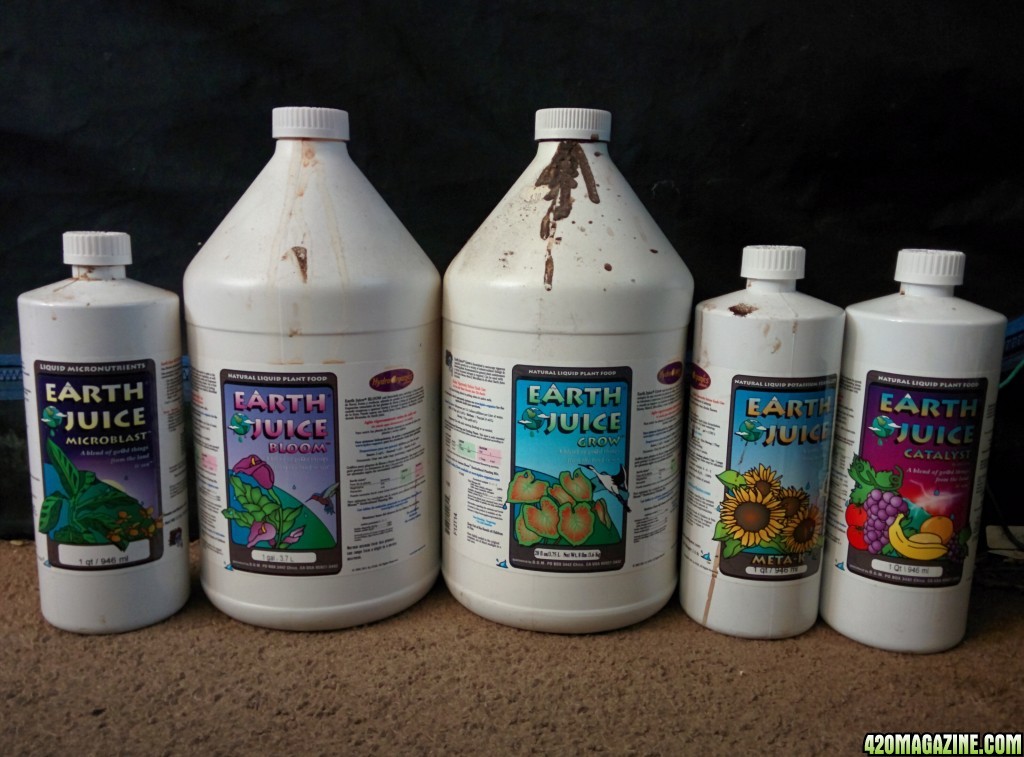
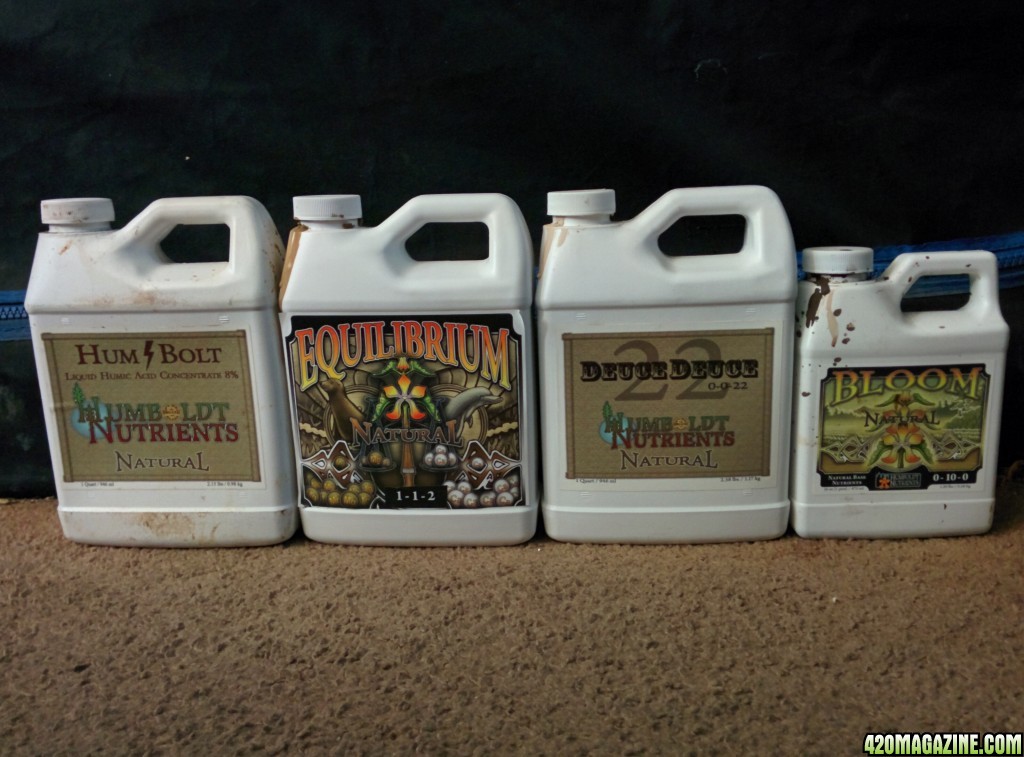
Other nutrients on hand include and may be used:
occasional additive:
Advanced Nutrients: carboload, organic b, fulvic acid
General Organics: hydrolyzed squid, florablend tea,
Bonide: liquid fish 2-4-0...love this stuff!
Armor SI (potassium silicate) (non organic)
Bulletproof SI (silicone dioxide) (non organic)
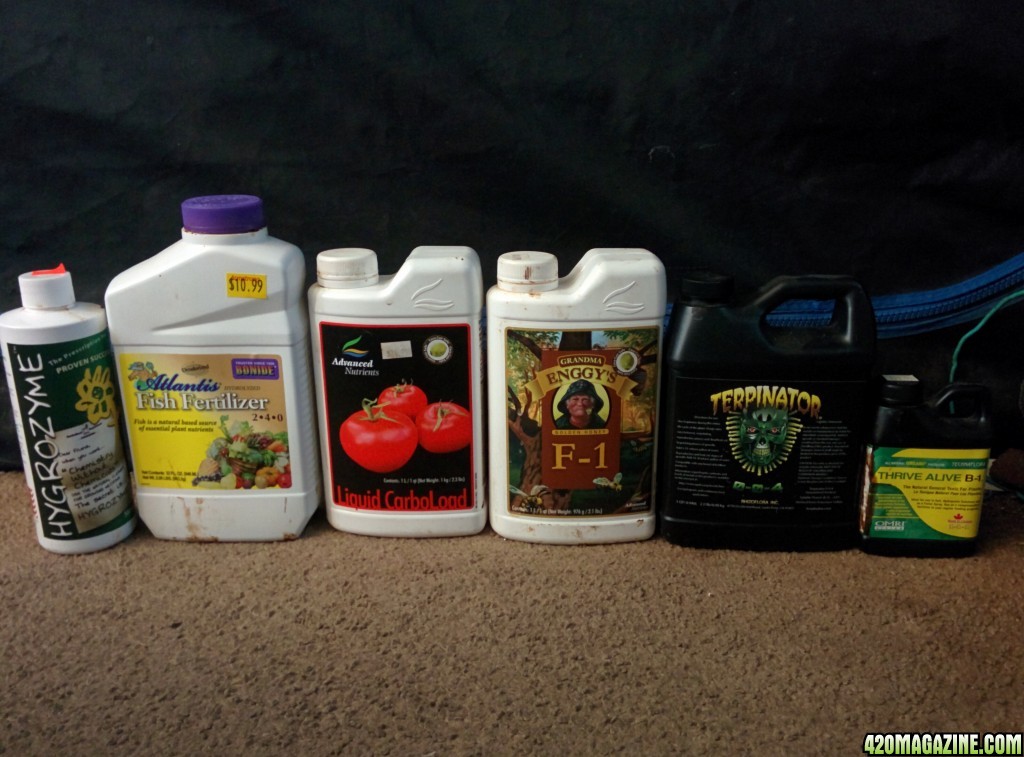
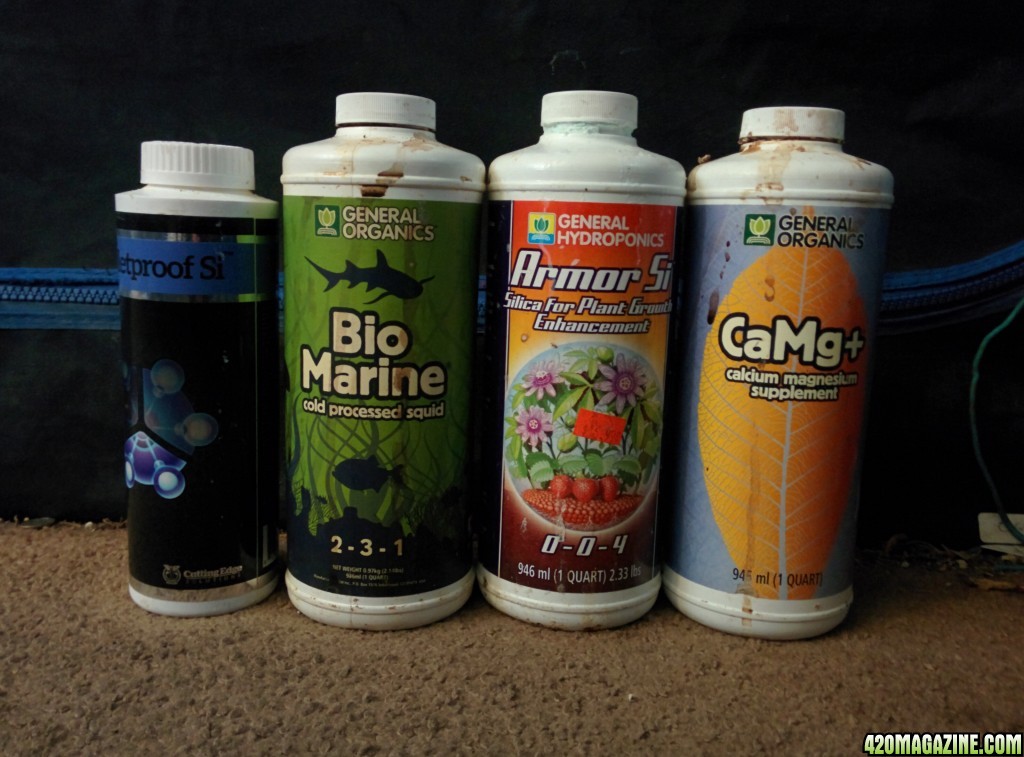
On hand for pest/disease prevention, treatment and eradication if needed:
Thrips and Spidermites
Captain Jack's Deadbug (spinosad)
SNS 209 Systemic
SNS 203
Blue sticky cards
Bonide BonNeem (mites only)
Bonide Mite X (mites only)
Bonide Insecticidal soap
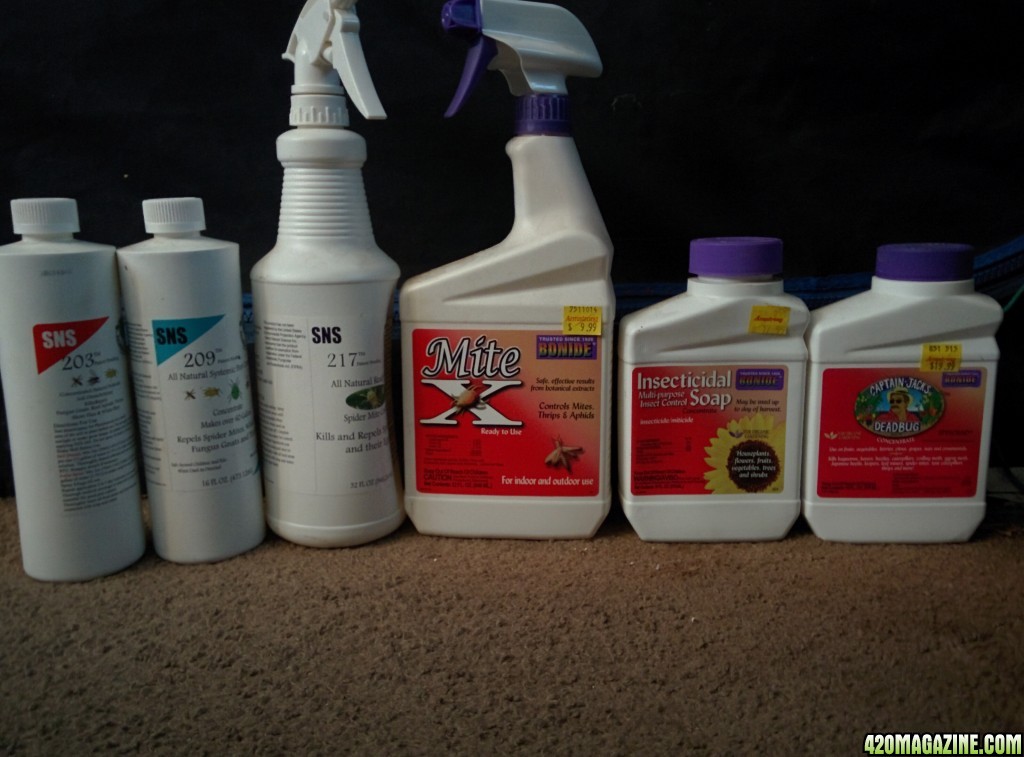
Fungus Gnats:
Yellow Sticky Cards
Mosquito Dunks
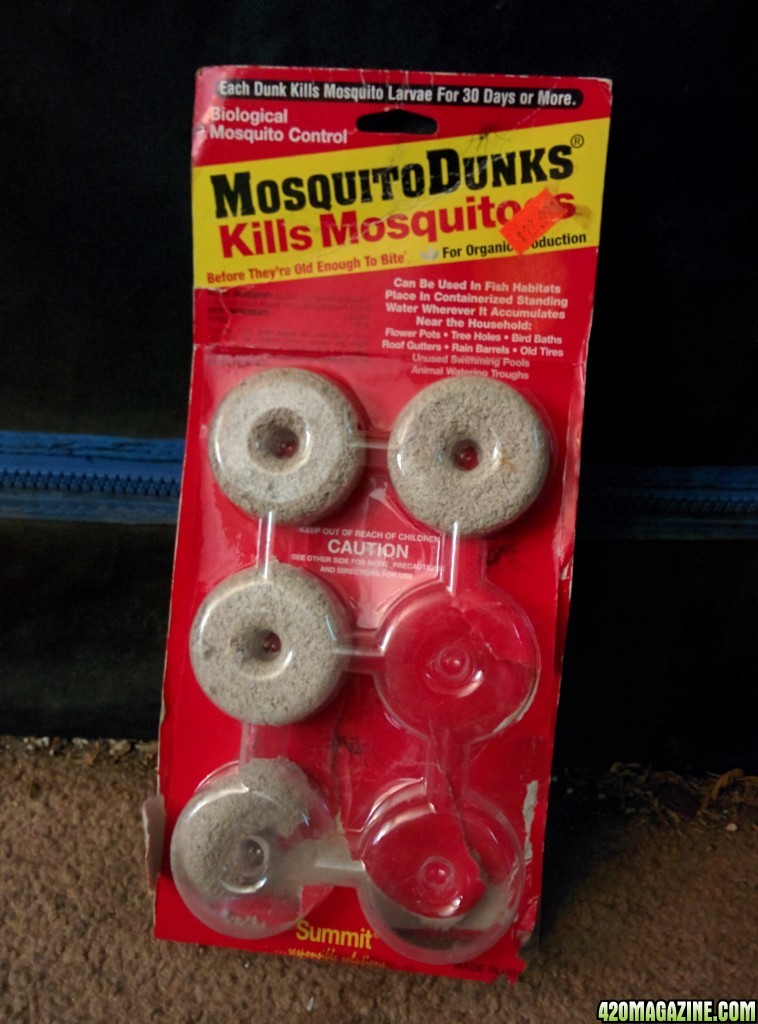
Powdery Mildew/other fungal disease
SNS fungicide 244
Bonide Liquid copper fungicide
Serende (biological)
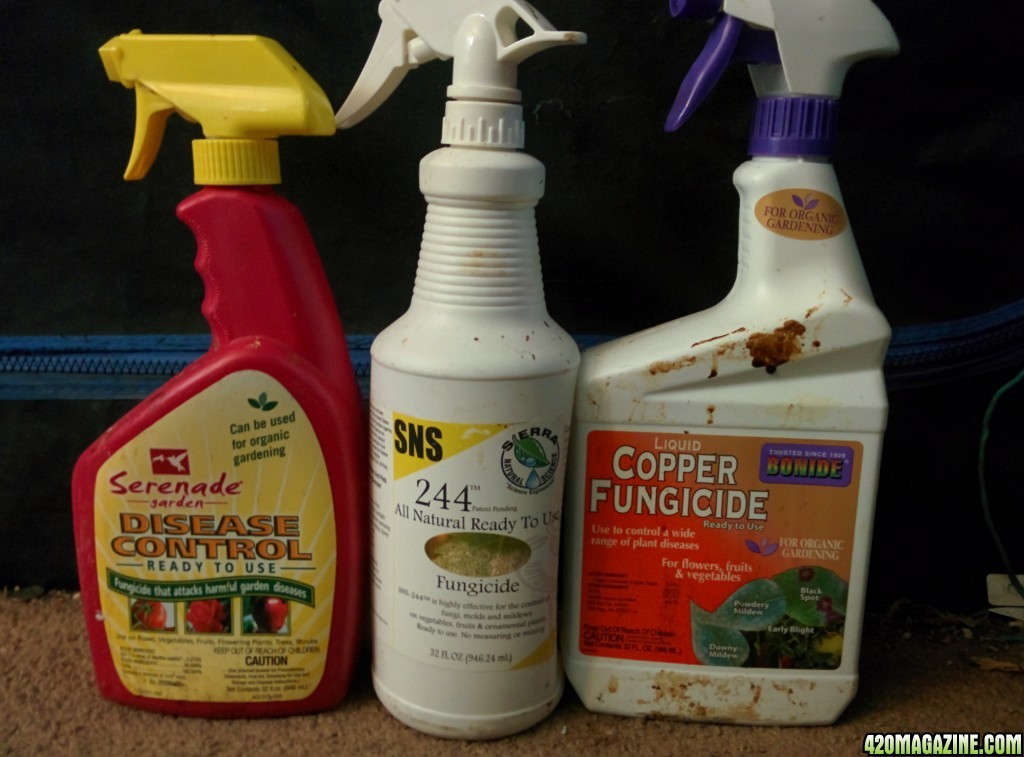
I hope all of you enjoy this journal as I test out the all new Budmaster COB-X-4 panels. This IS a sponsored grow by Budmaster, so I do have a few guidelines that I hope everyone can abide by to keep the peace and allow for a great test grow journal:
-Please keep all LED discussion strictly to Budmaster products. Mention of other brands, promoting or comparisons of other brands will be not allowed in this journal and will be removed.
-If you are sponsored by another company other than Budmaster or showcasing another product, please turn off your signature when posting in this thread as the 420 Magazine rules state.
-This grow is to give the community information on the Budmaster Products and to show a real world grow using these lights, but I will not discuss comparisons, LED shootouts or anything related. This is strictly to show off these lights and how they grow, not to get into any comparisons or pissing contests

General LED questions are ok relating to PAR, spectrum and other General LED topics, but please refrain from asking me about other brands in this journal or specifics about another company as its unfair to our paid sponsors which is what brings in revenue for 420 Magazine to operate functionally
Most of all keep it positive! no trolling, bad vibes, negative nancys or anything else.. Let's have fun, lets take lighting research deeper, lets explore a new sponsors product and enjoy our time!
Thank you everyone!!! Lets get into it, what do you say?!!!



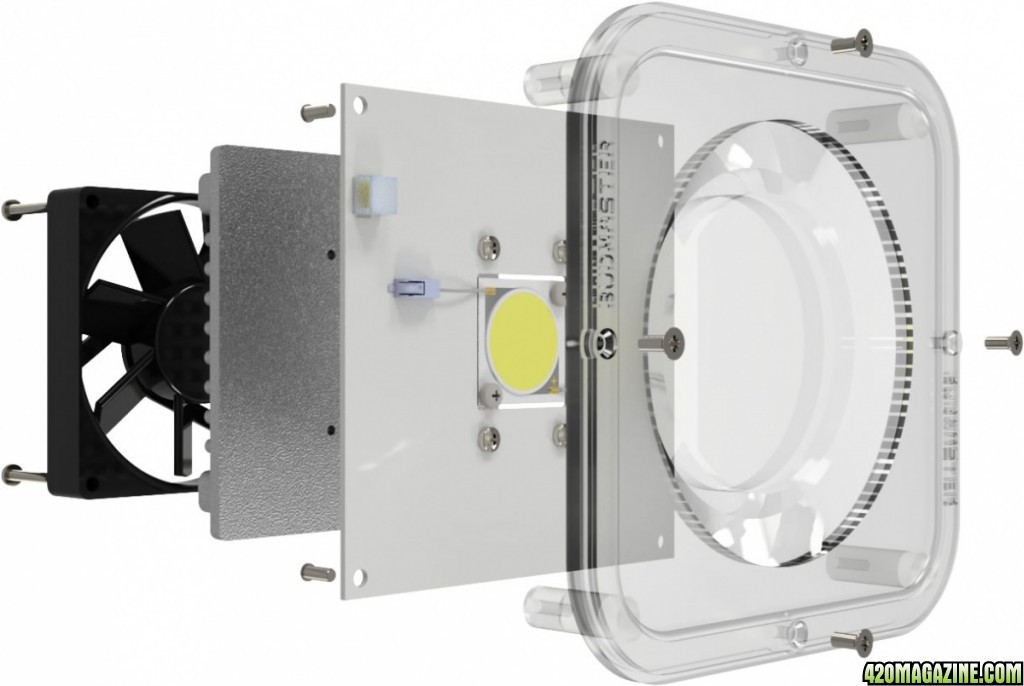

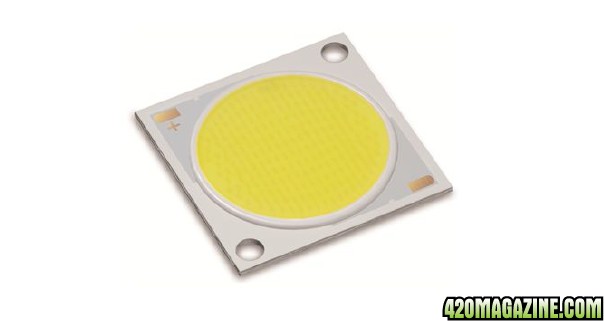
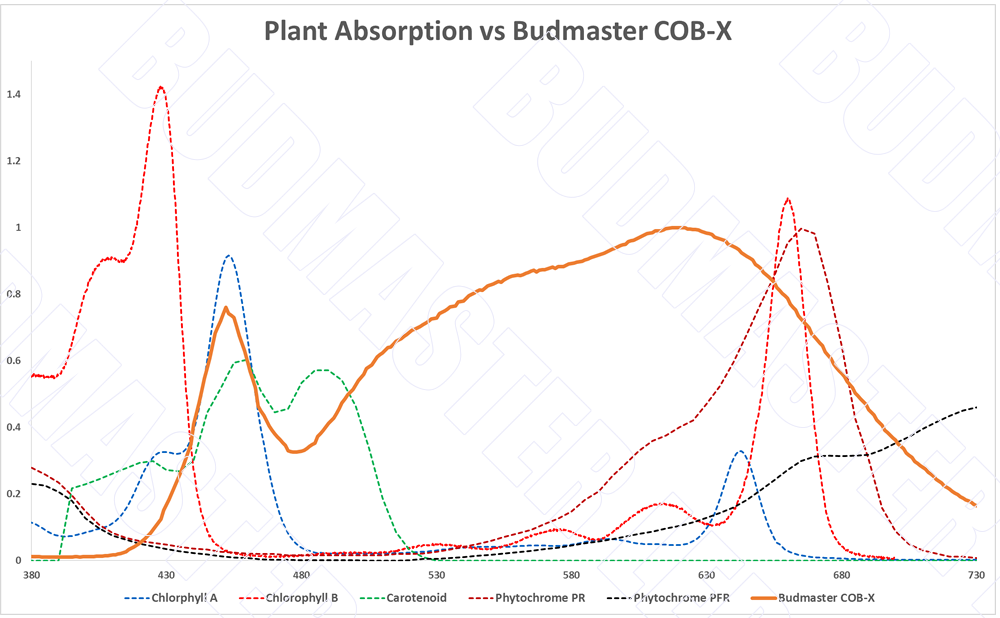
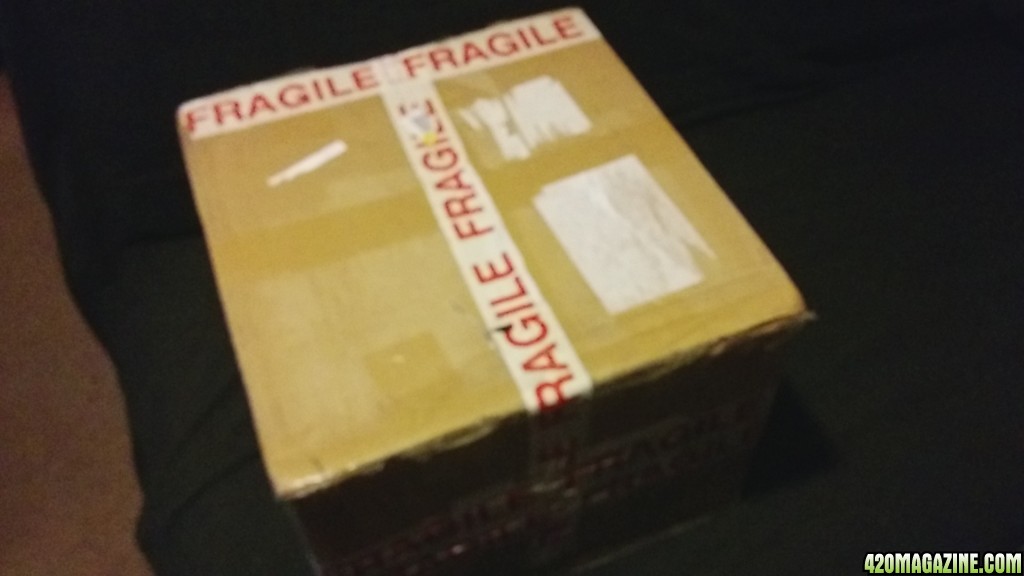
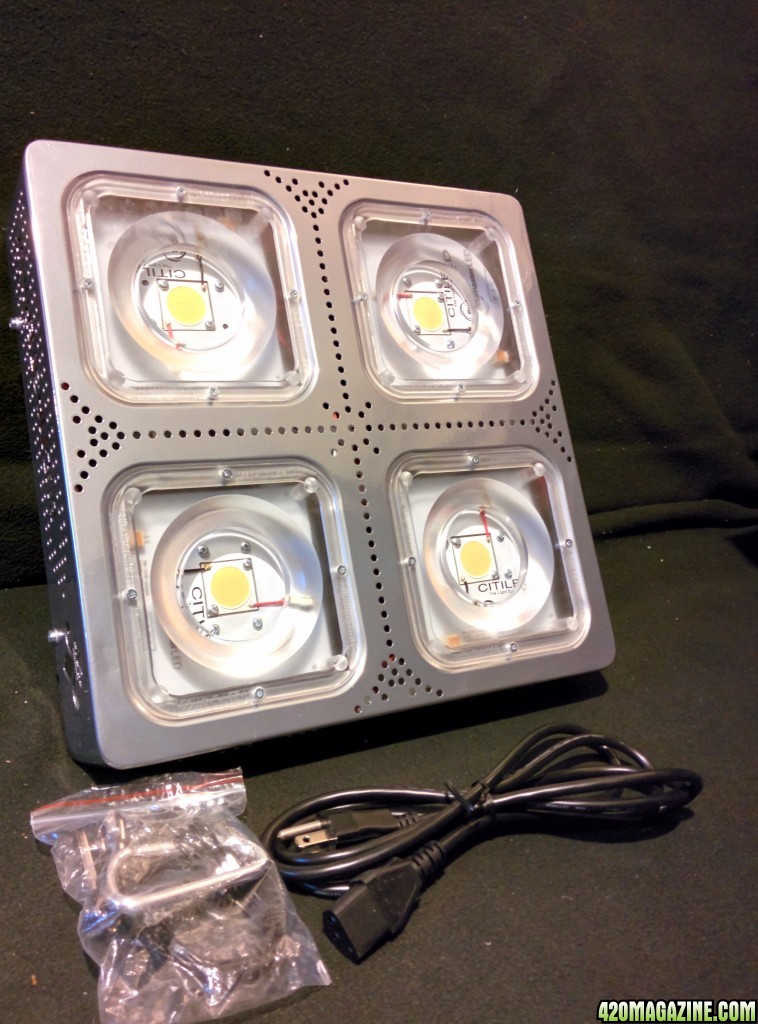
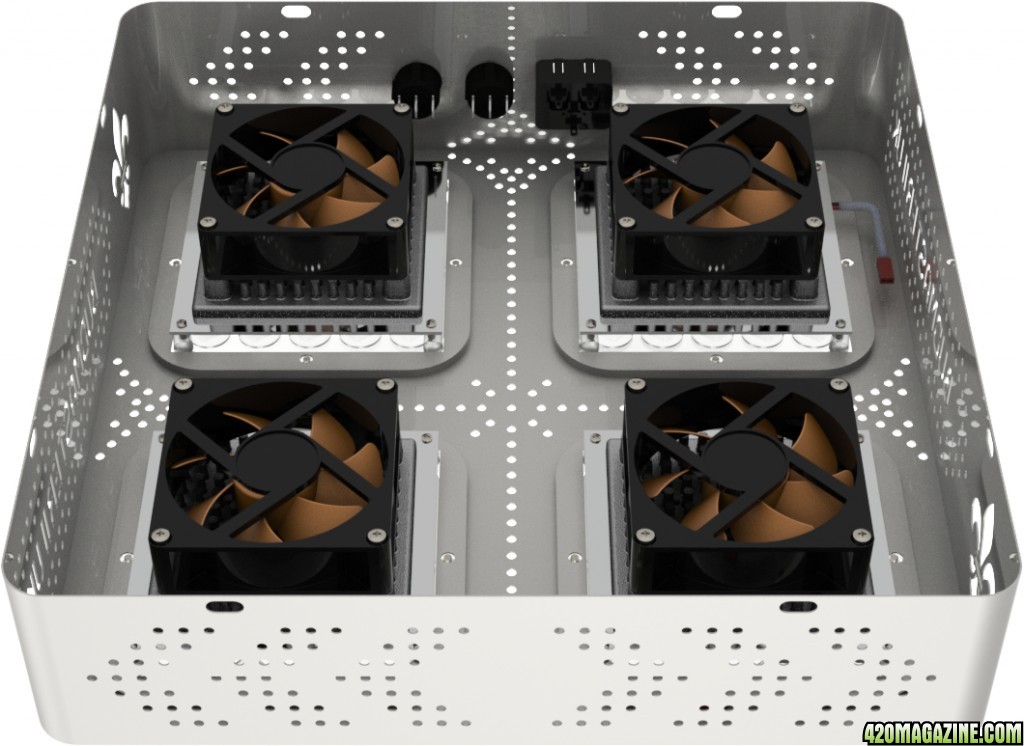
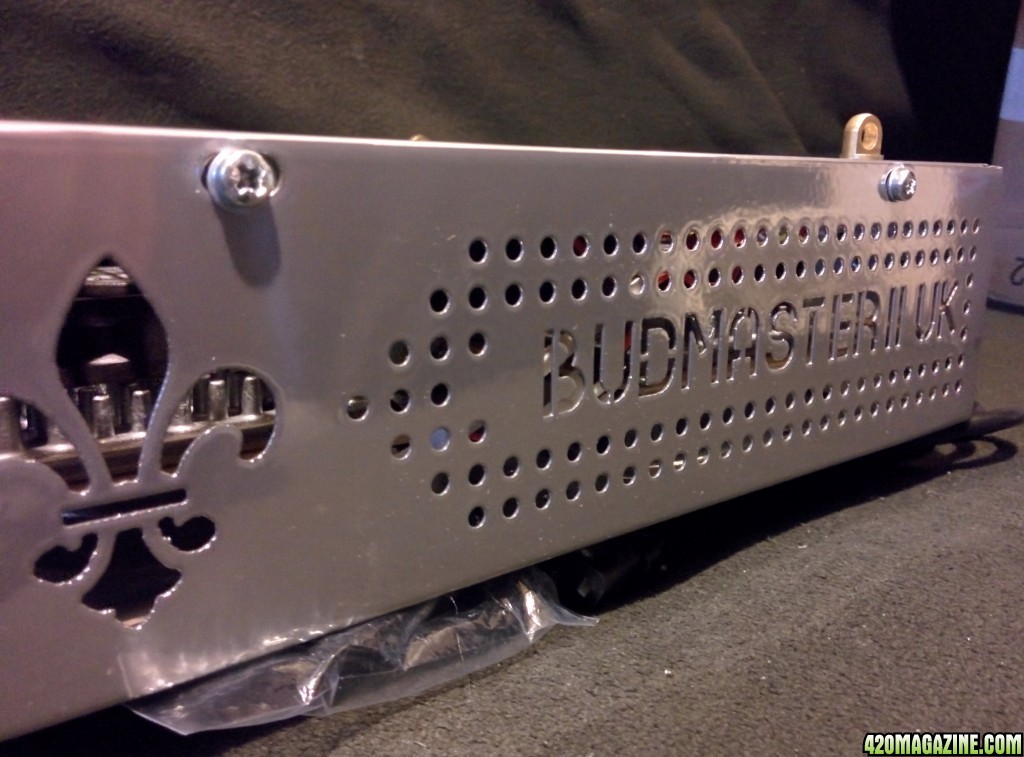
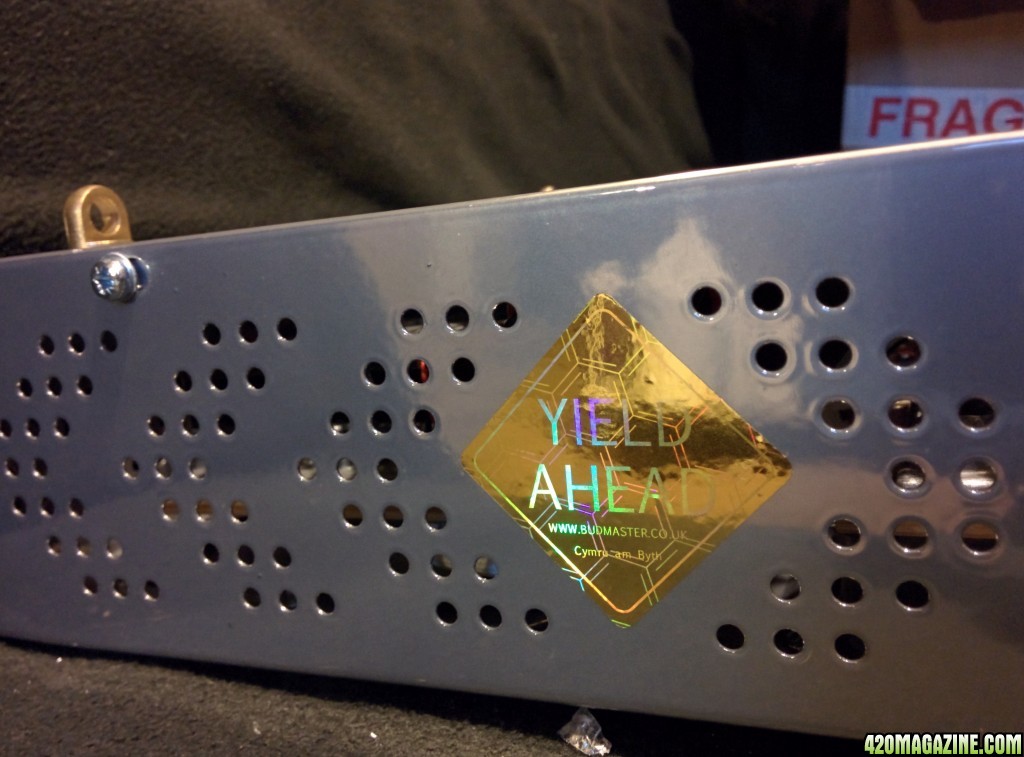
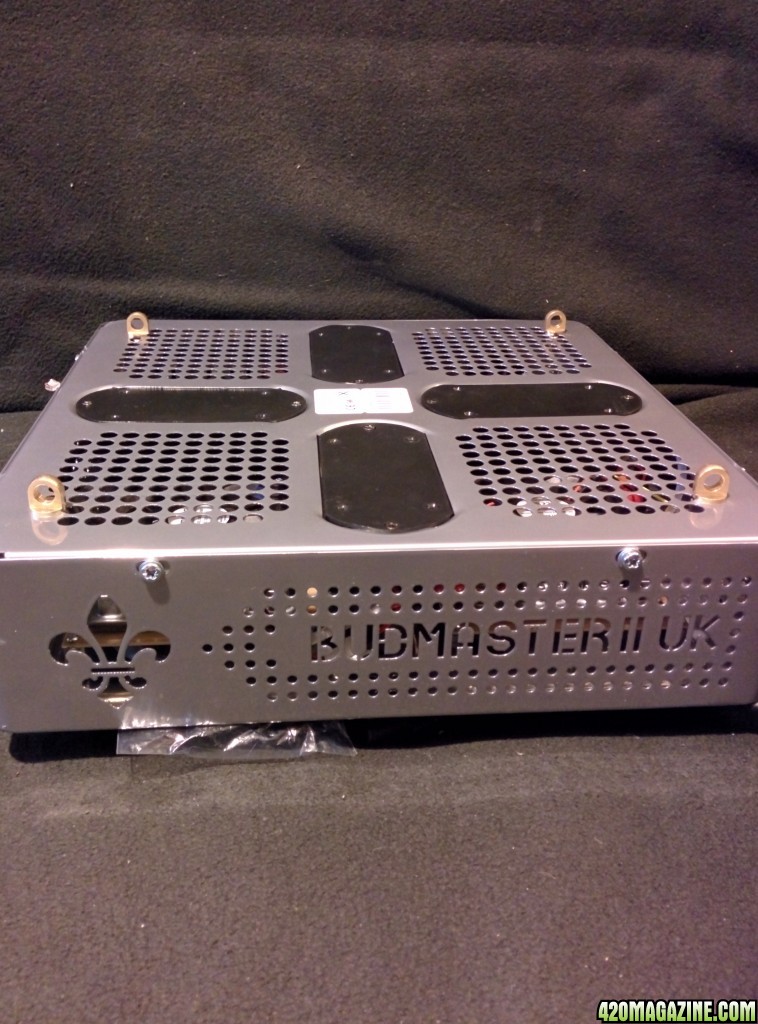
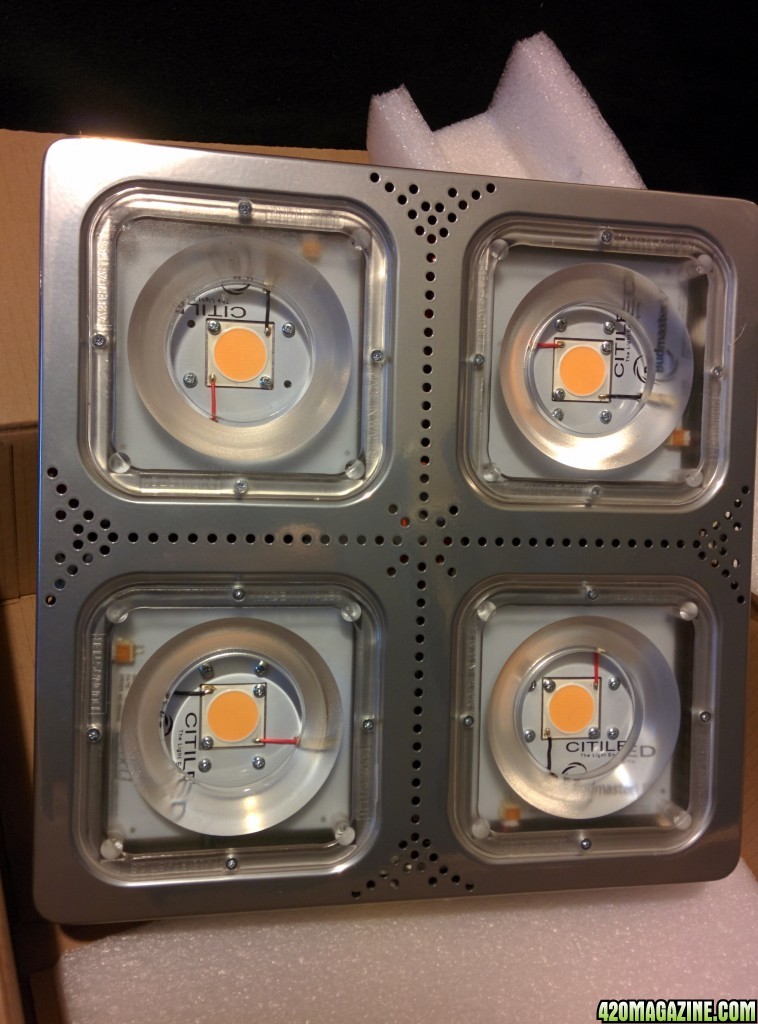
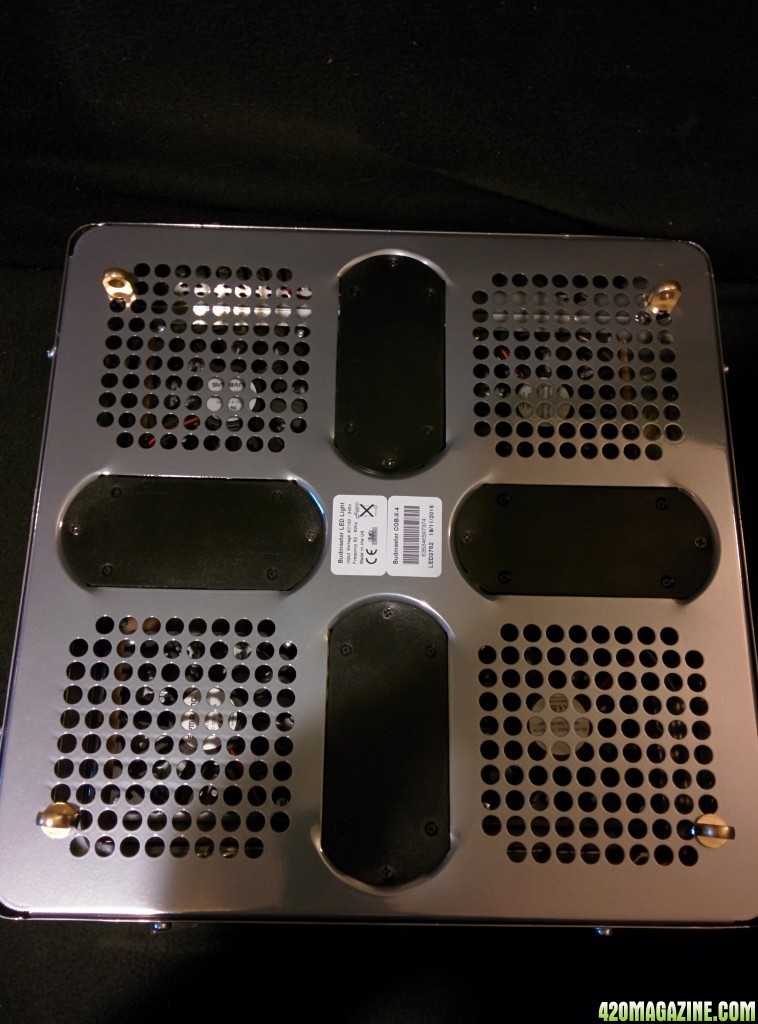
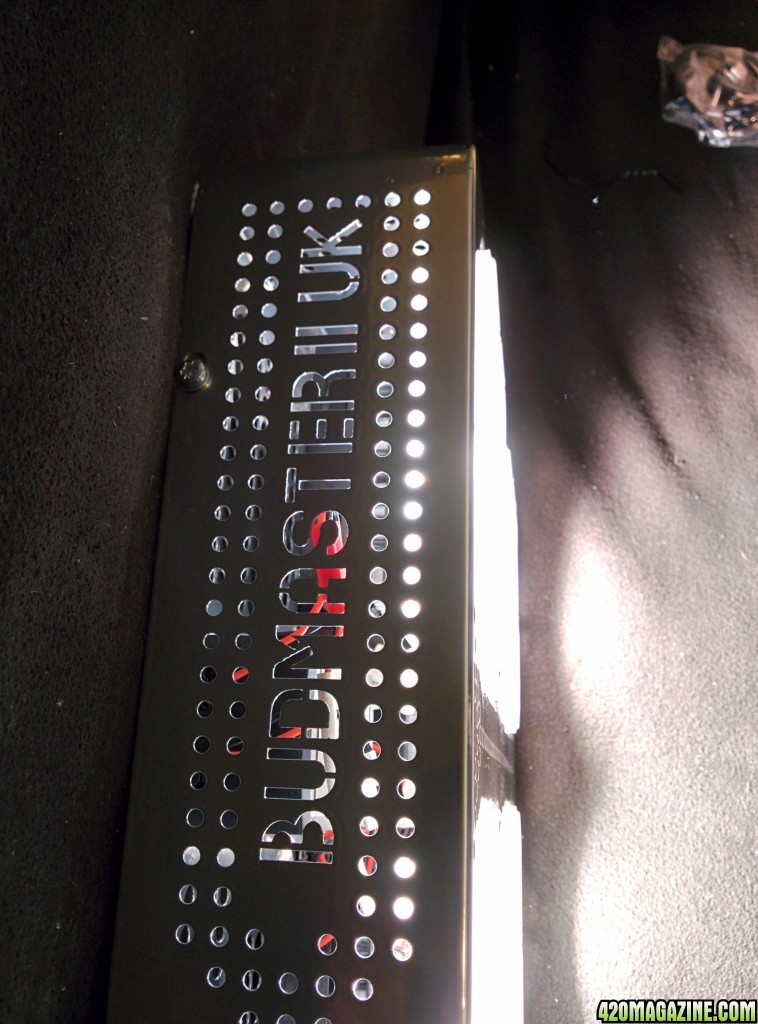
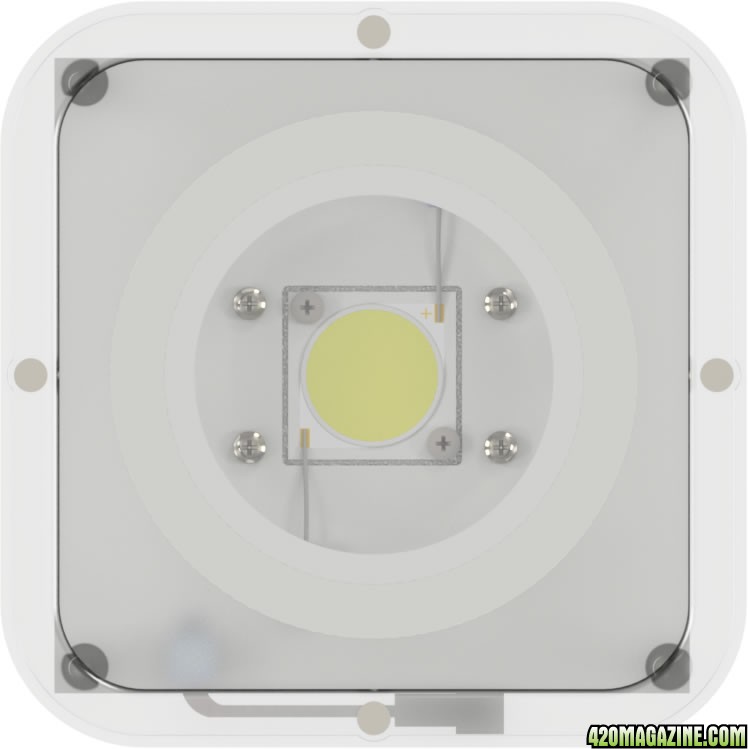
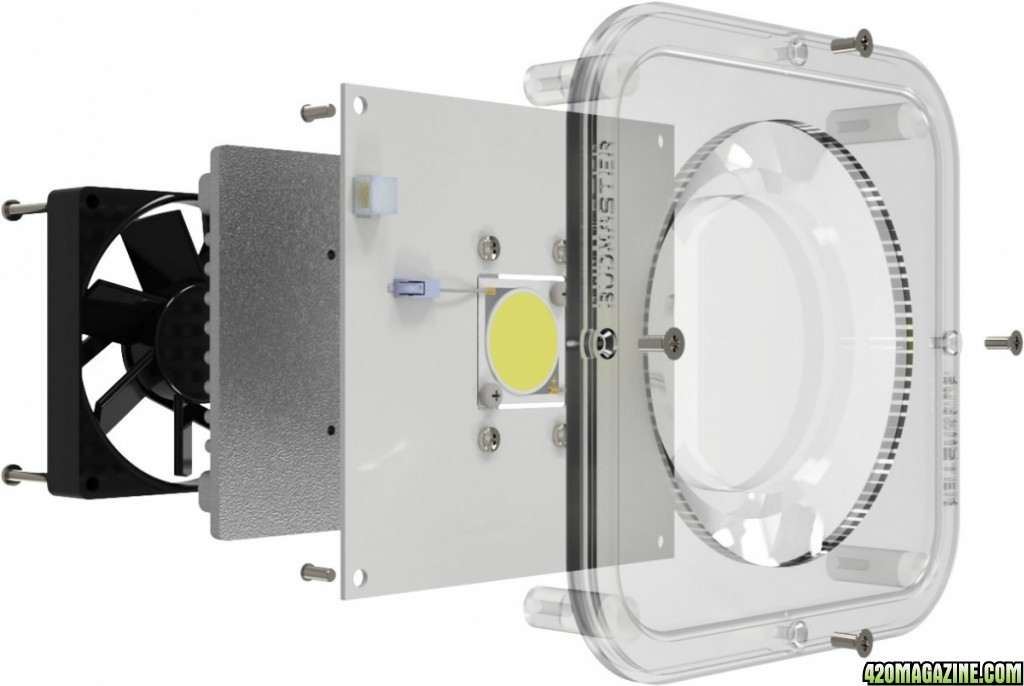
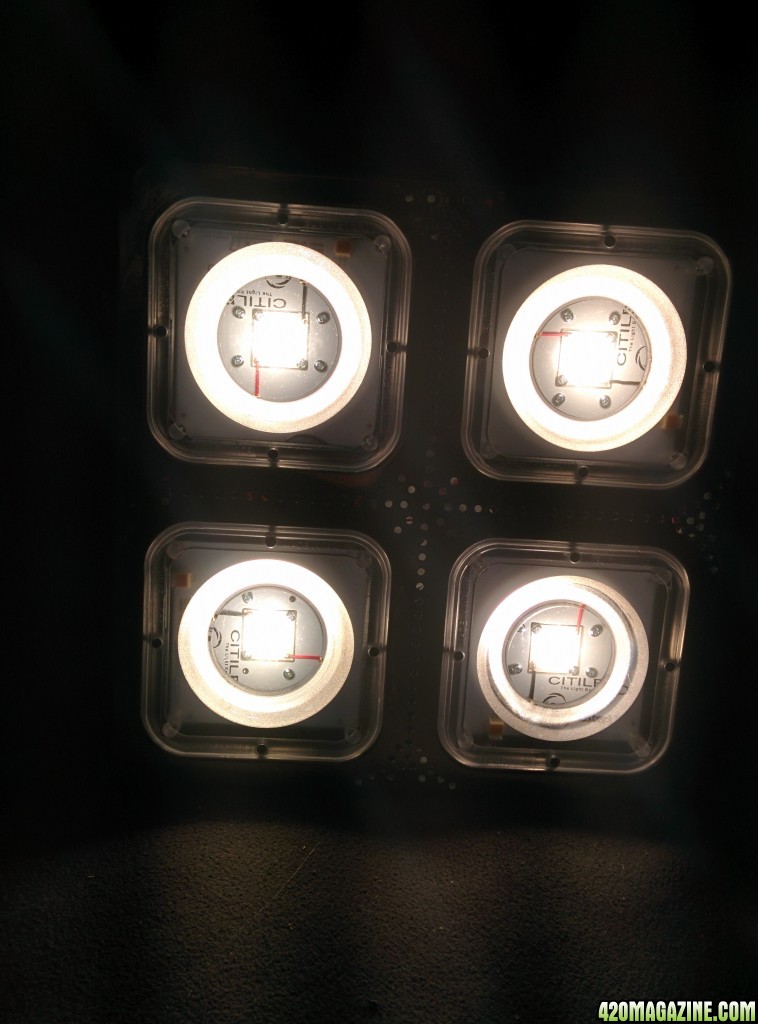
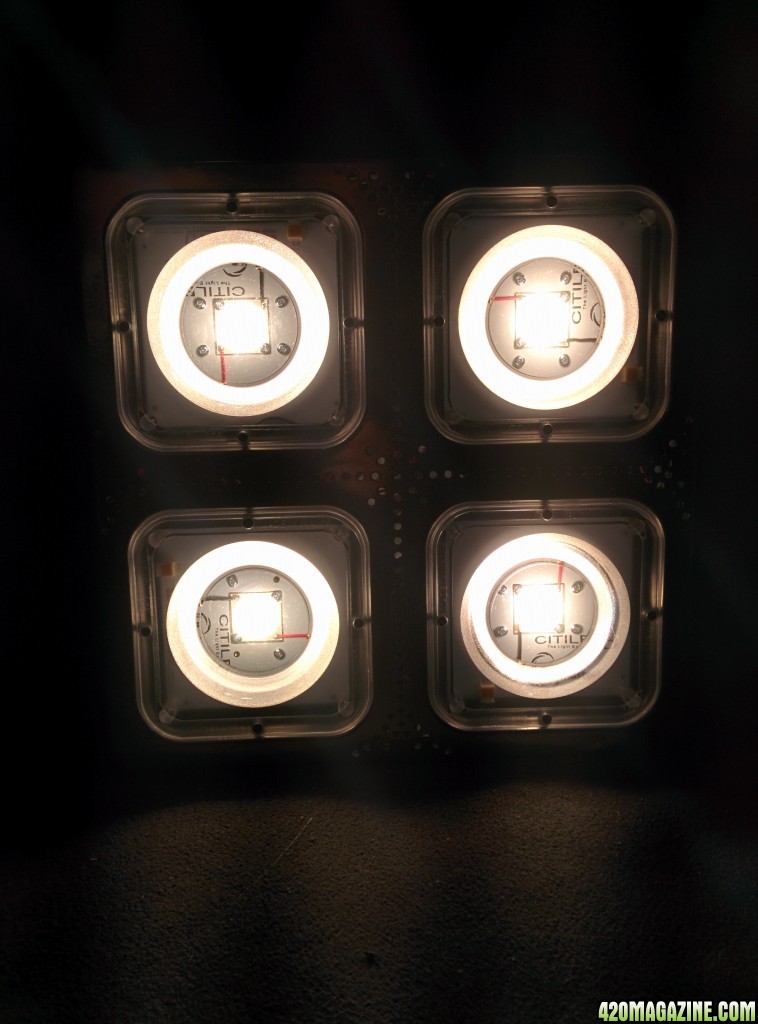
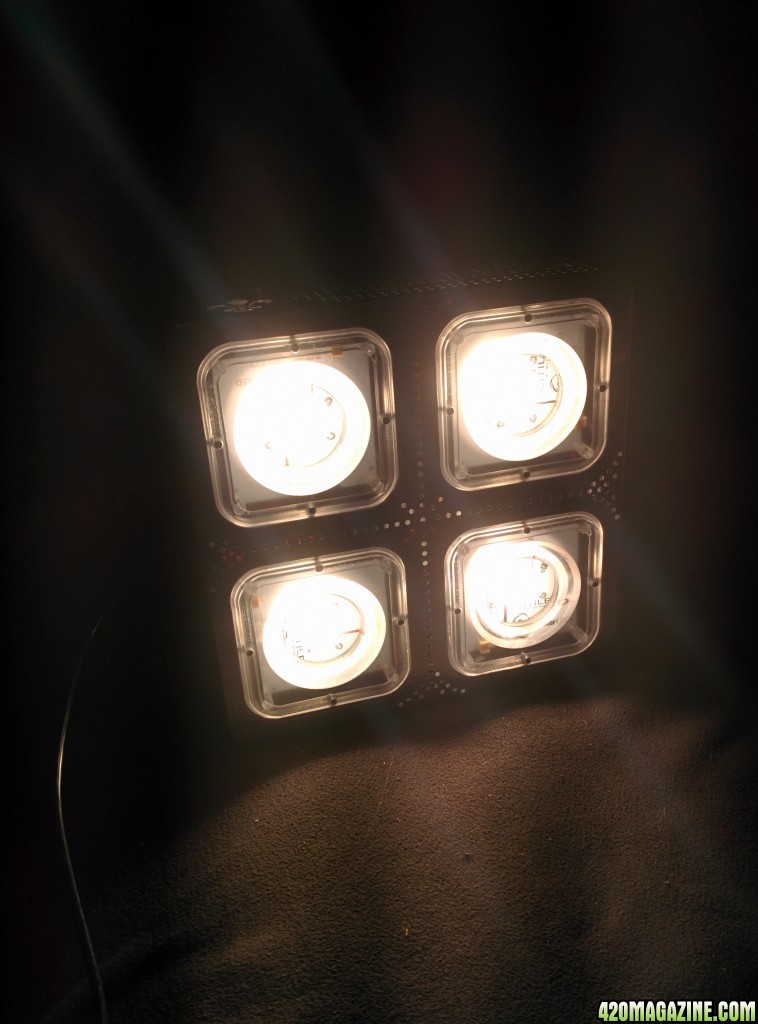



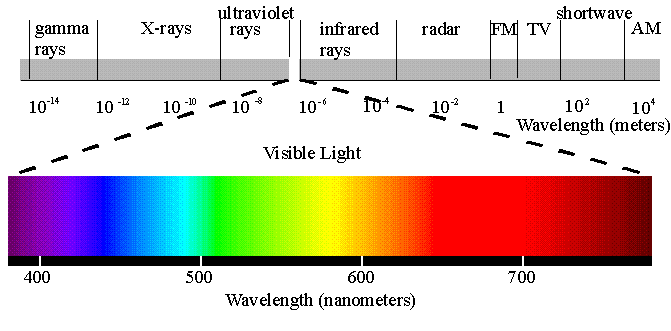
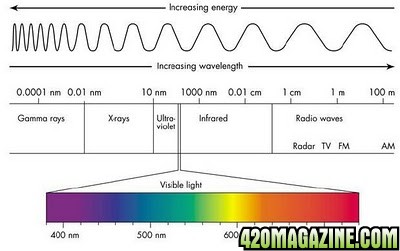
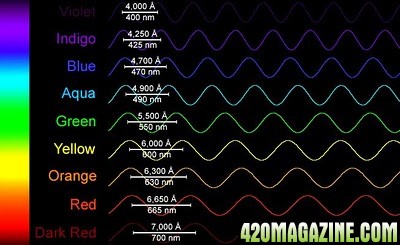
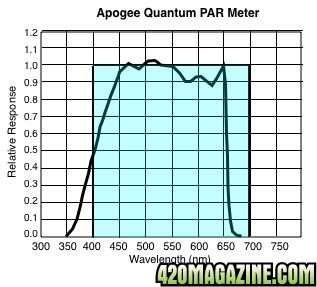
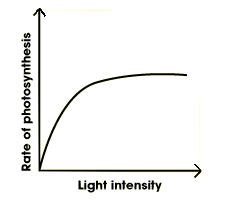
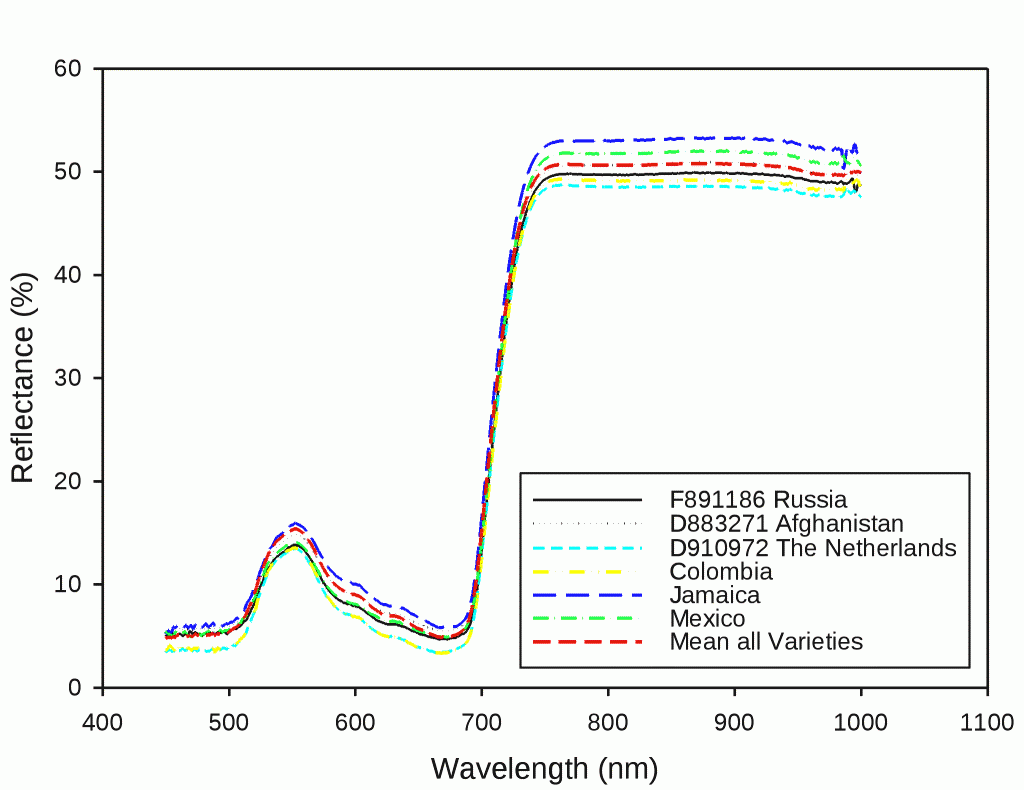


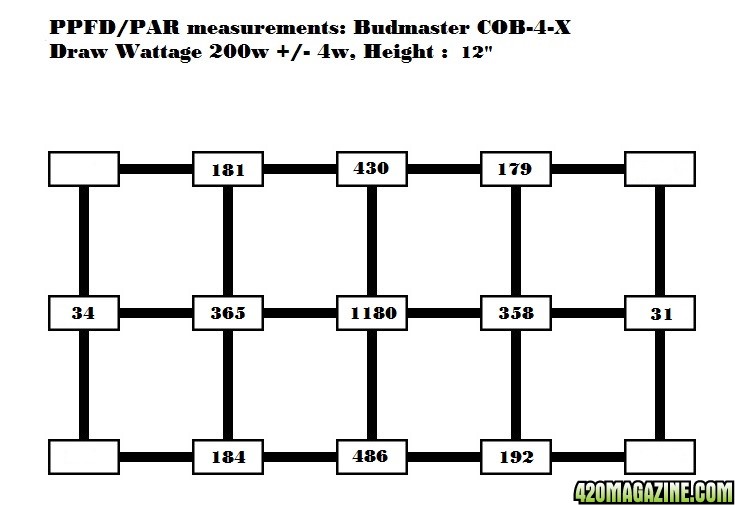
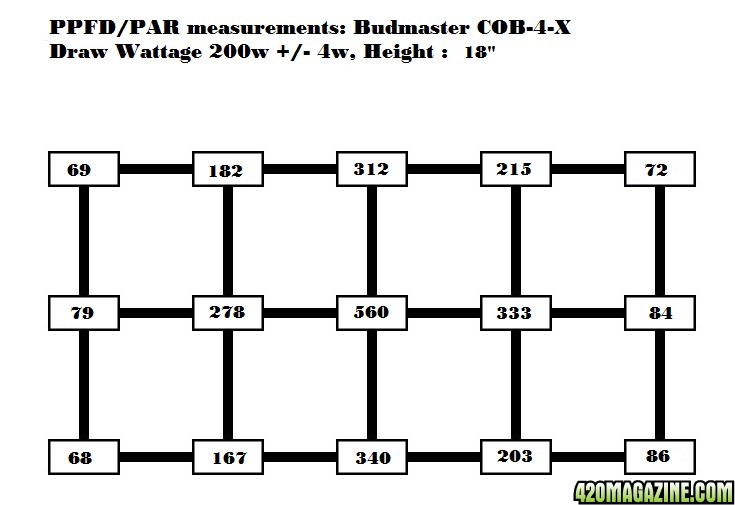
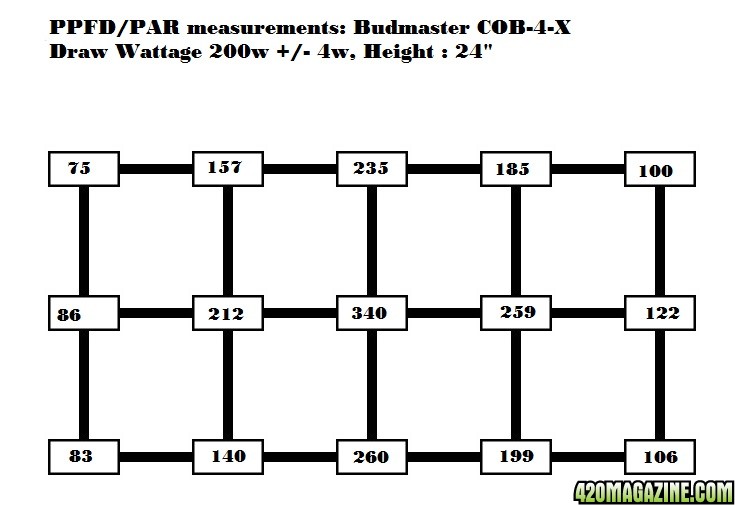
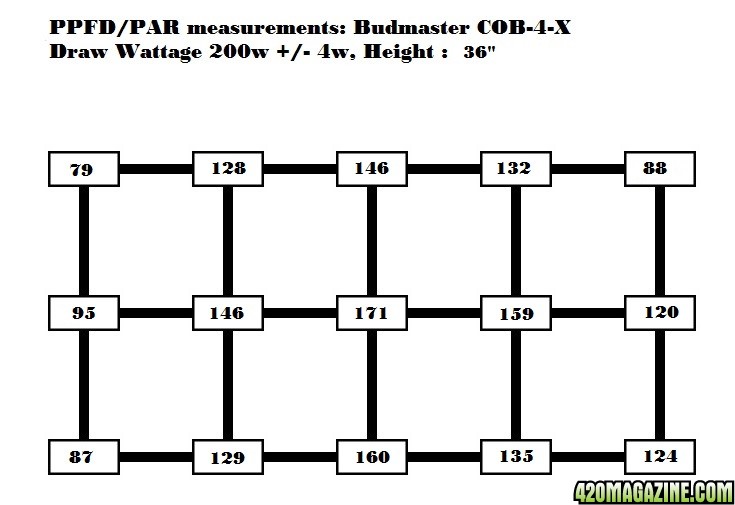
 ) Good job meng, and so far good writing skillz. You def deserve people's attention. I have learned so much already (about lighting mostly) and I'm stoked to see what's to come with the journal. Cheers brotha!
) Good job meng, and so far good writing skillz. You def deserve people's attention. I have learned so much already (about lighting mostly) and I'm stoked to see what's to come with the journal. Cheers brotha! 
